
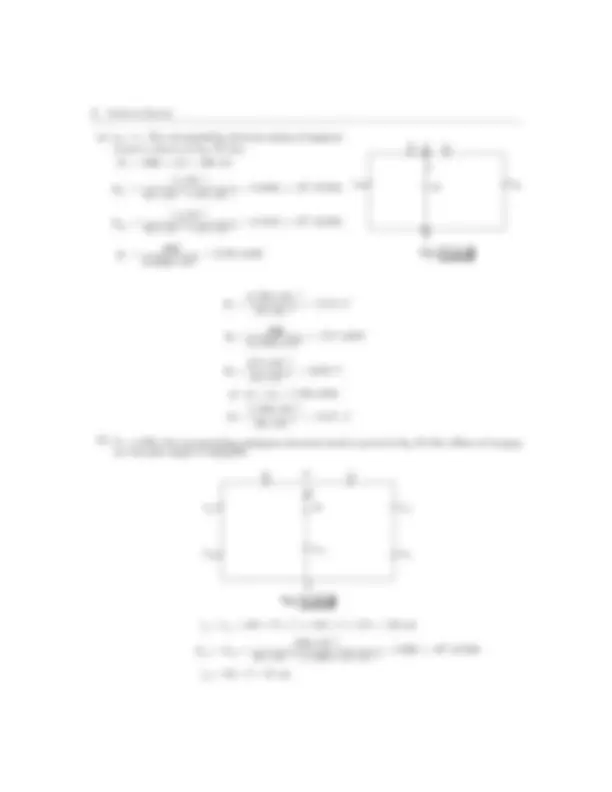
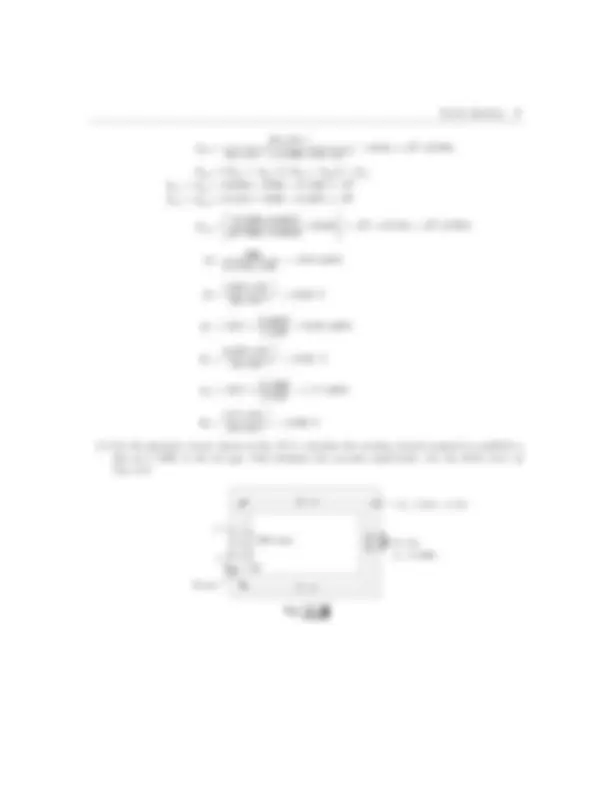
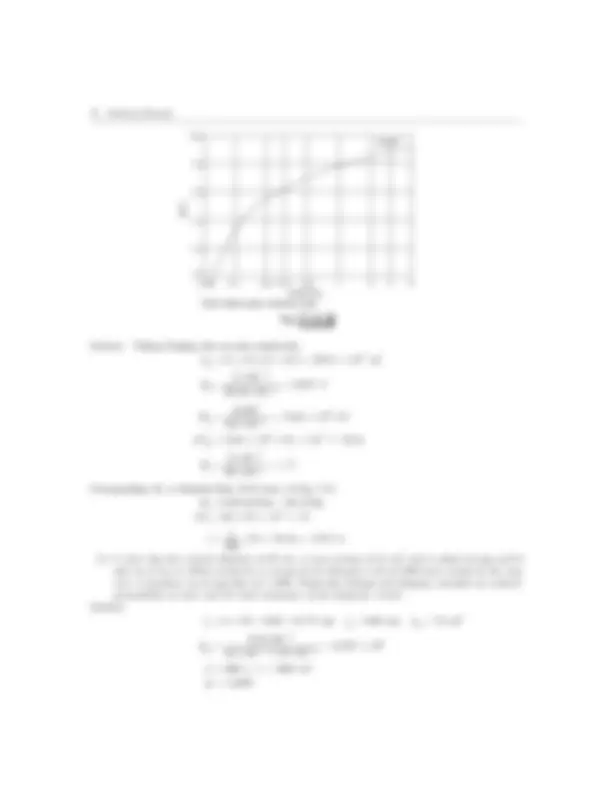
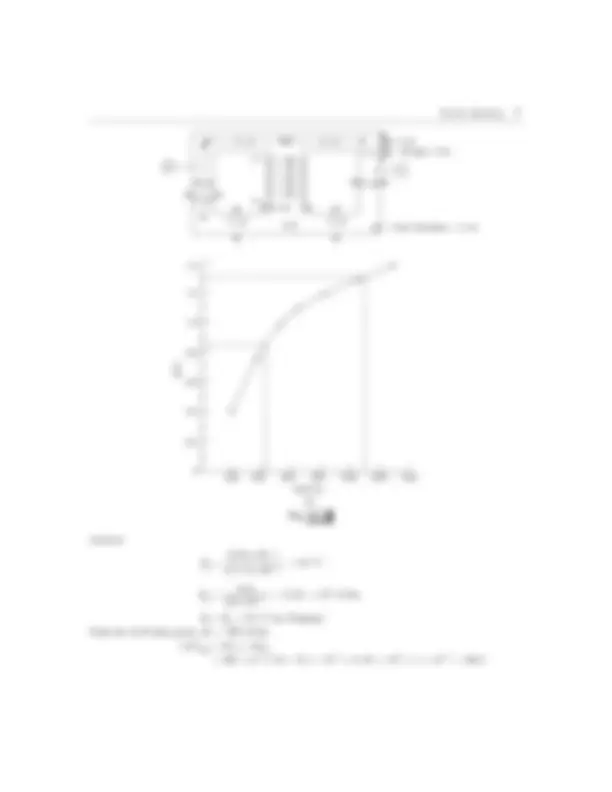

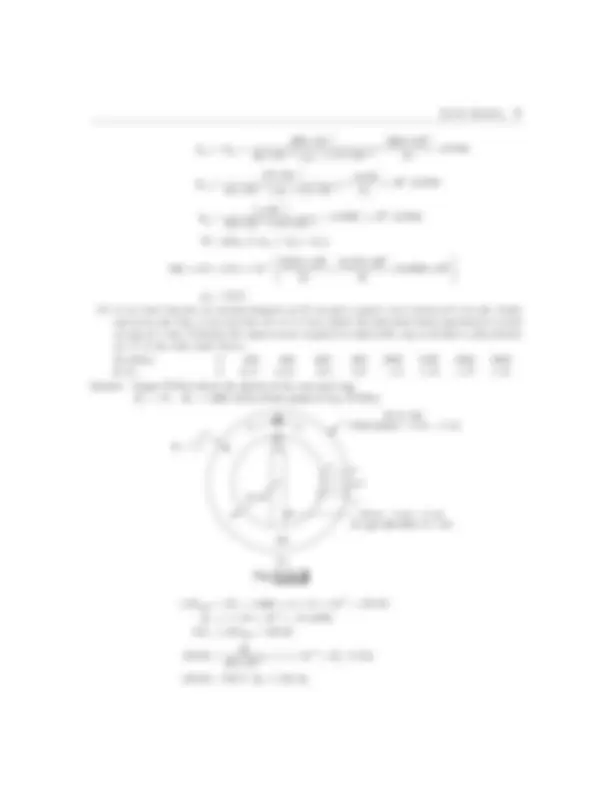


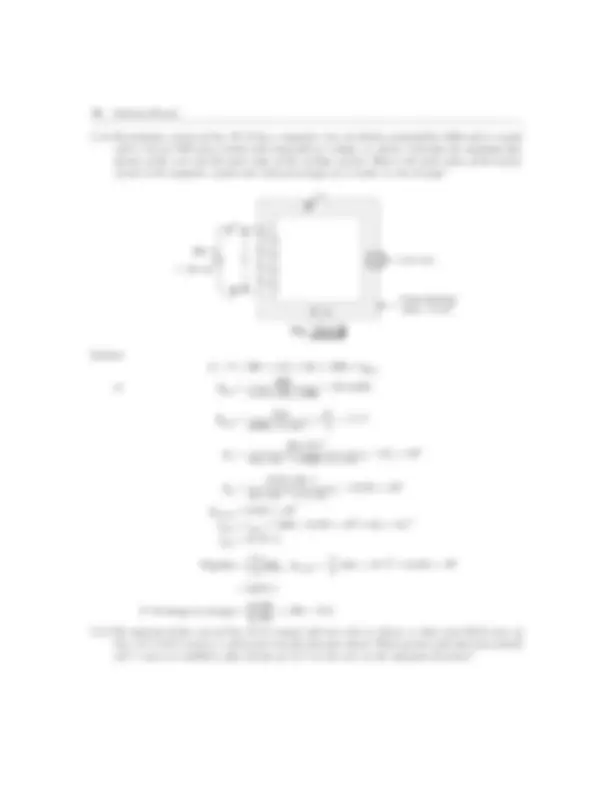
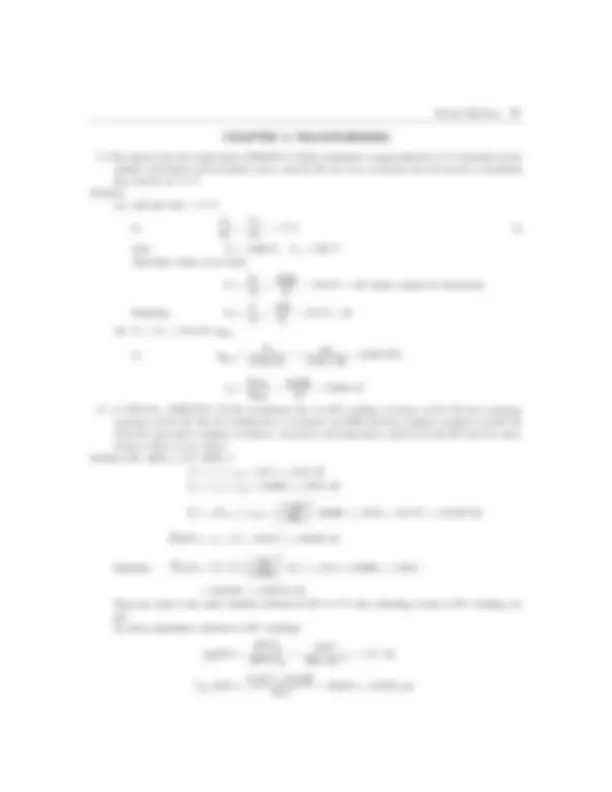
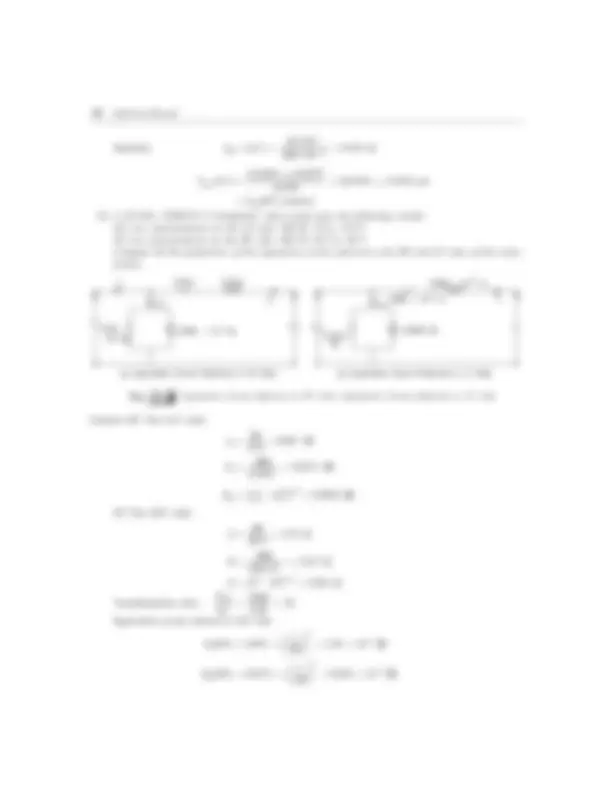
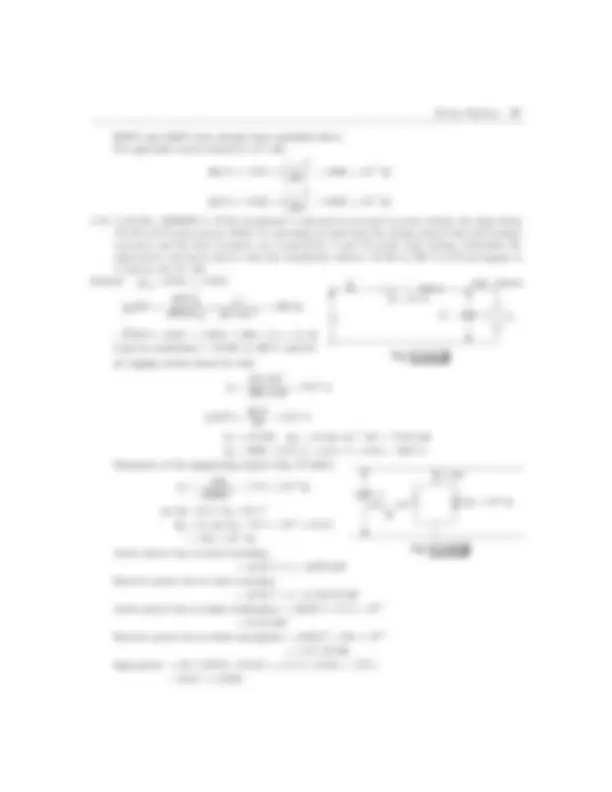
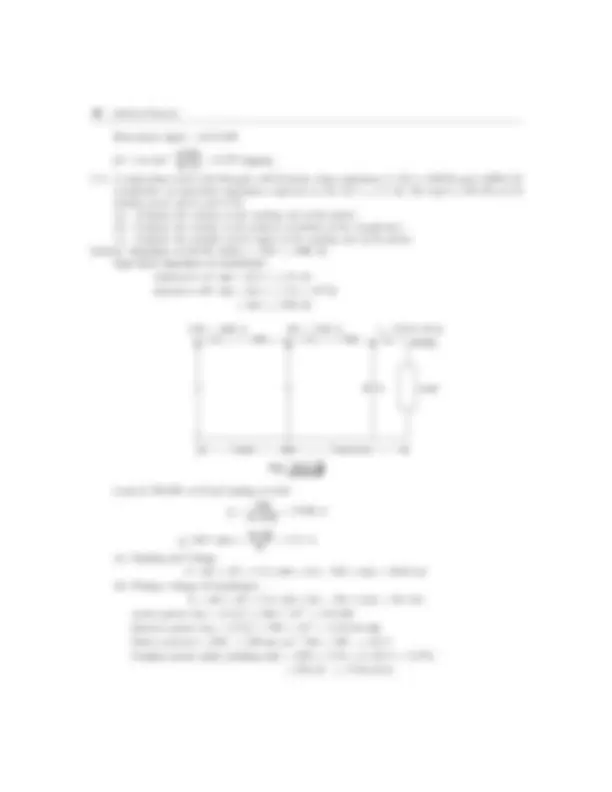
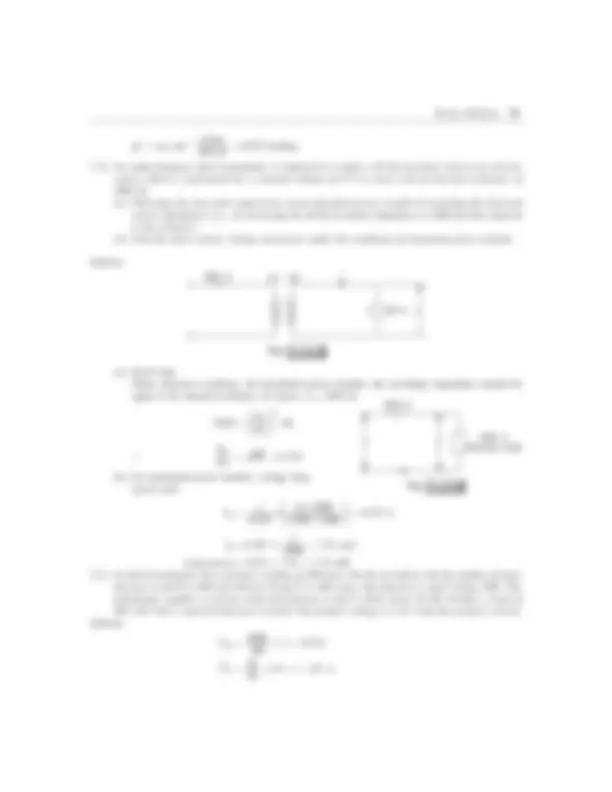
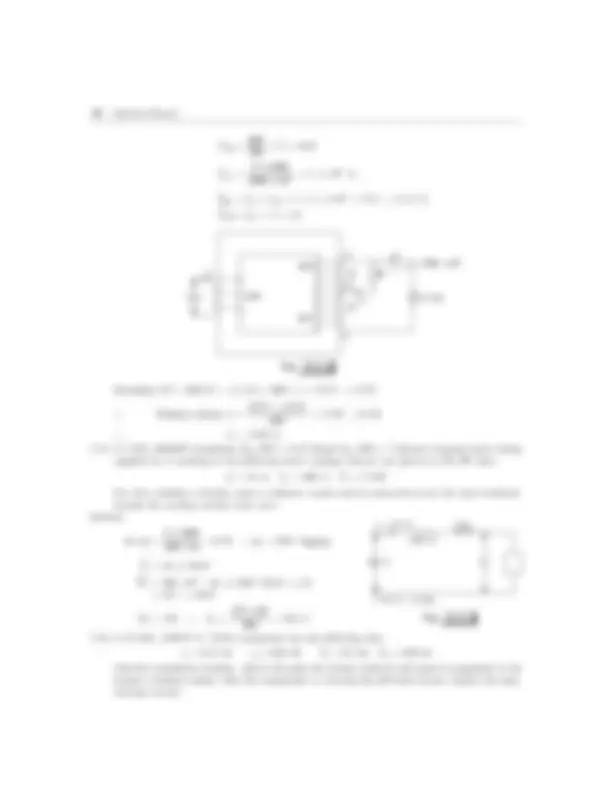
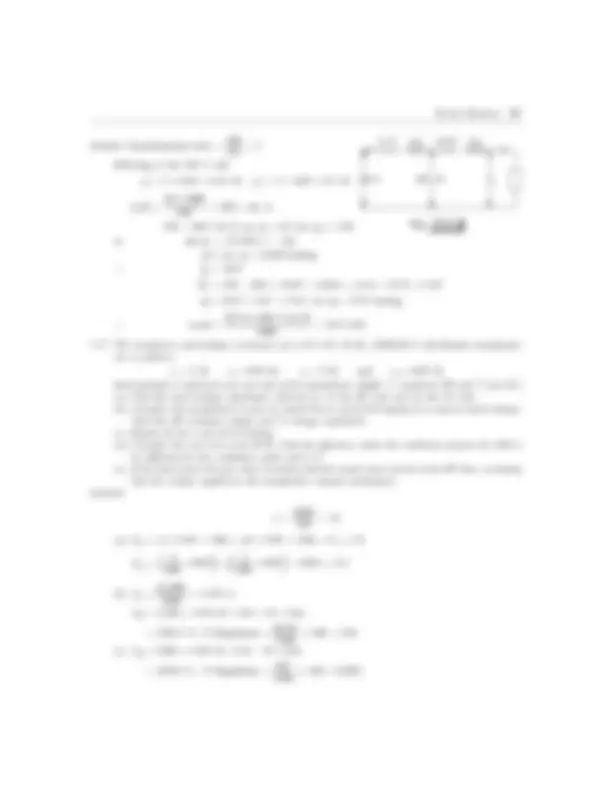
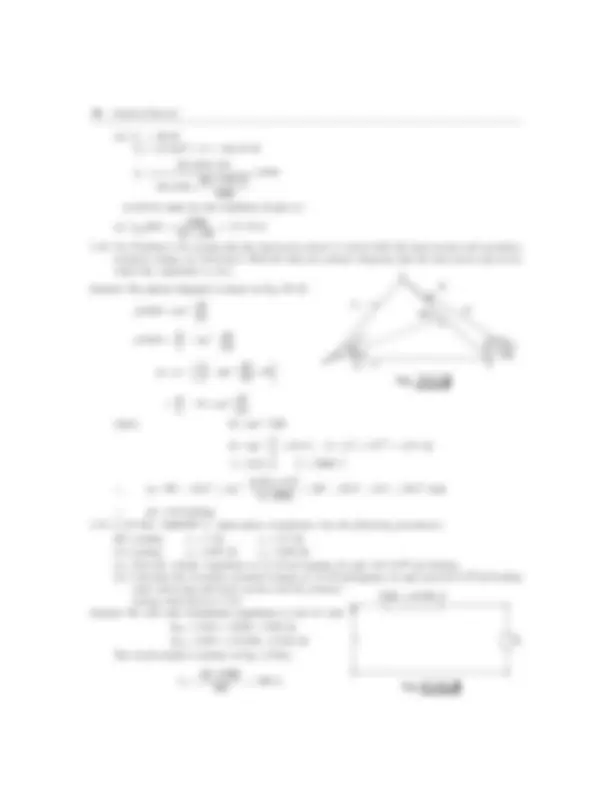
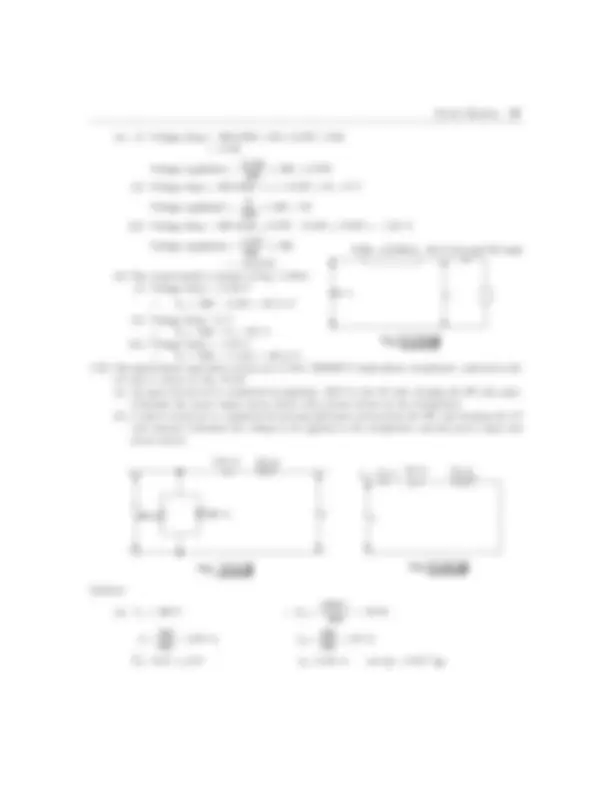
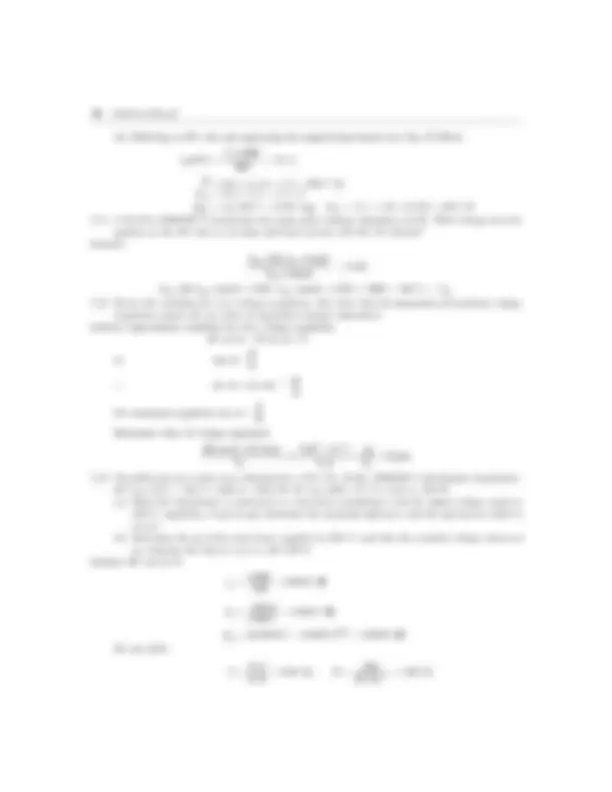
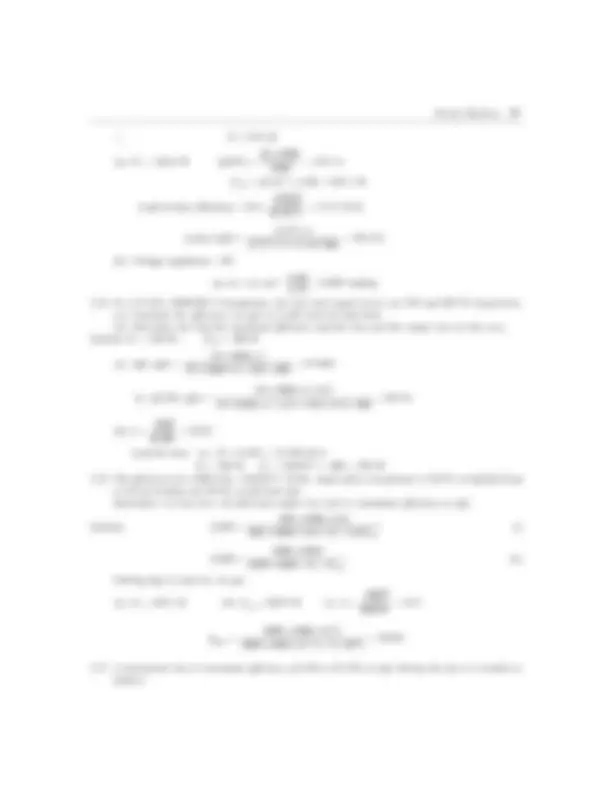
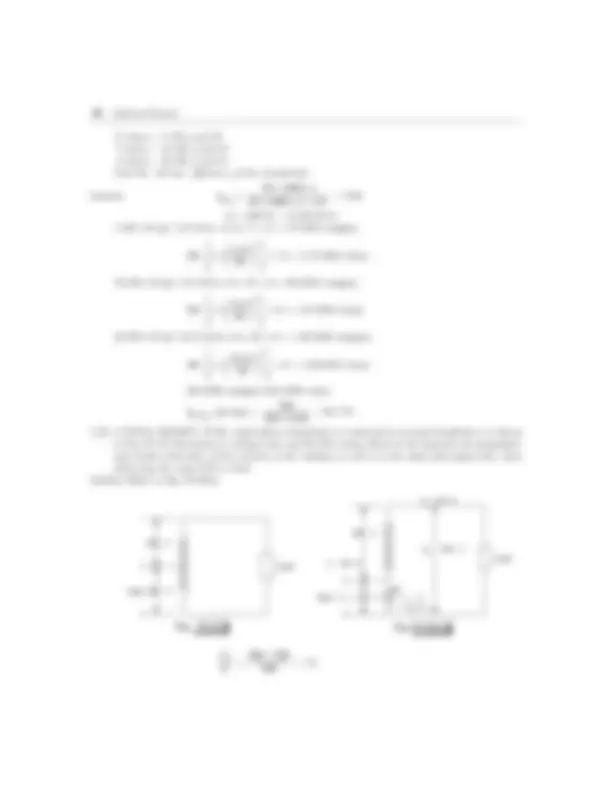
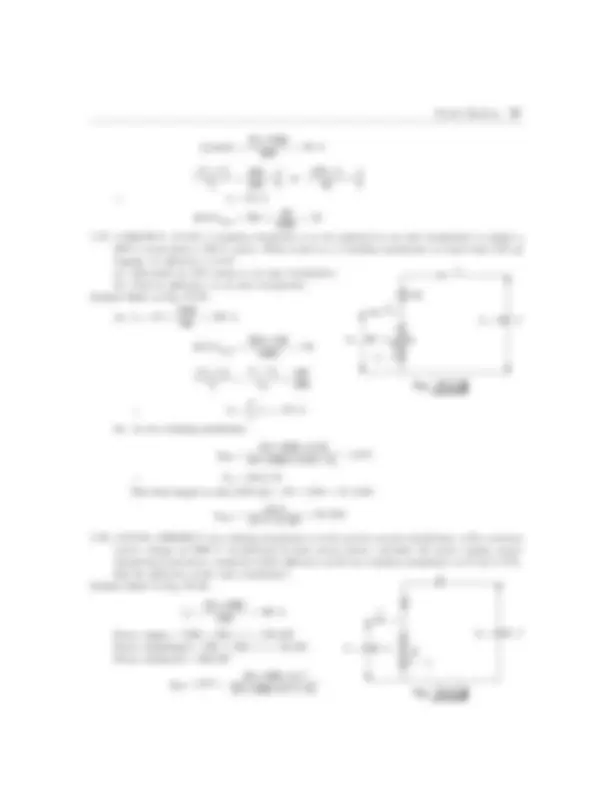
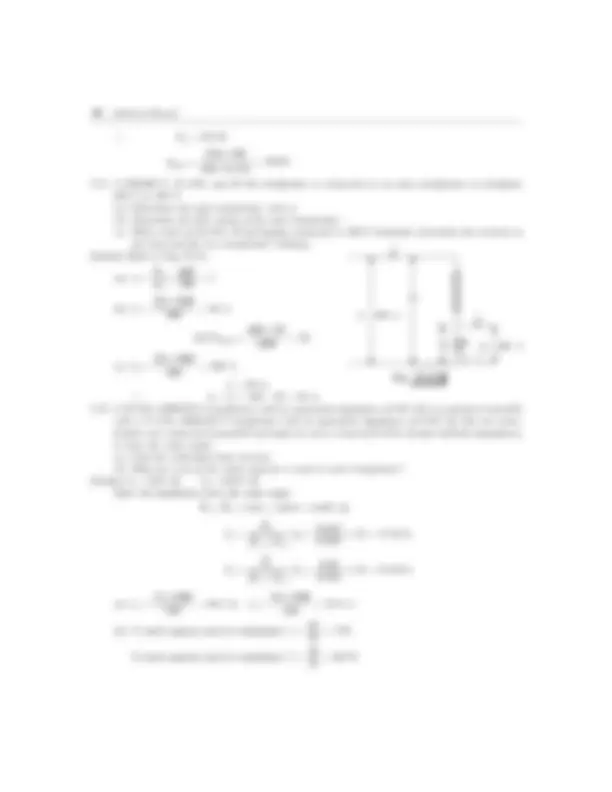
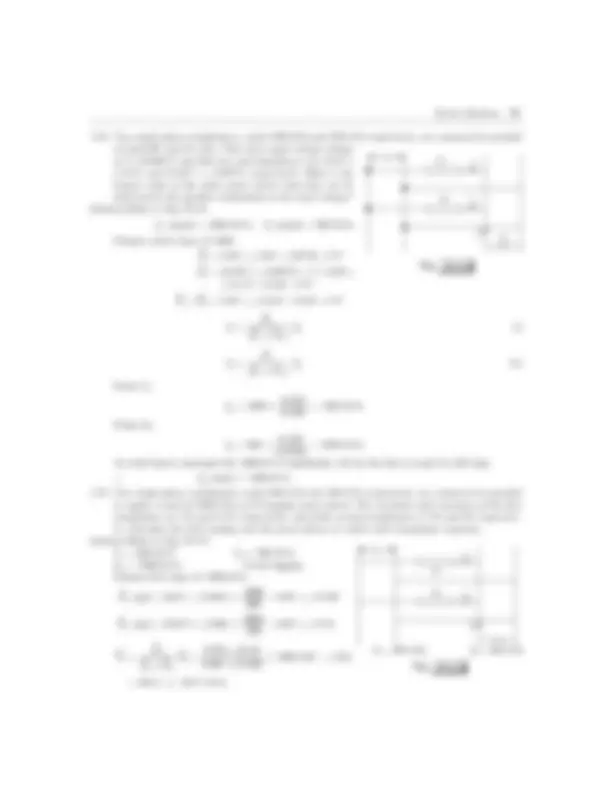
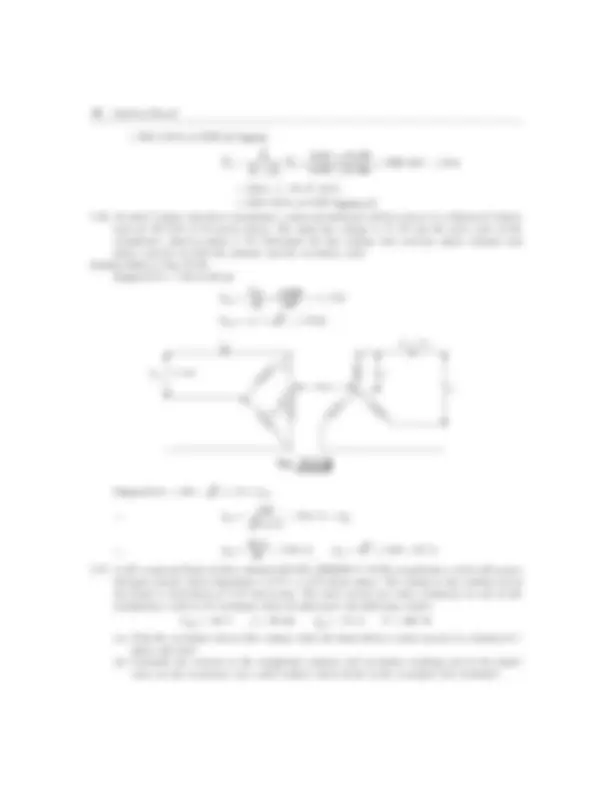
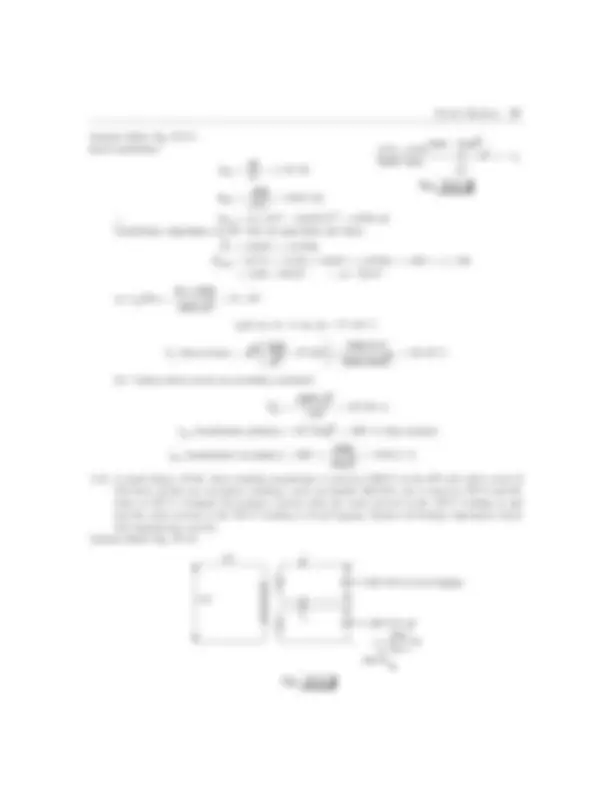
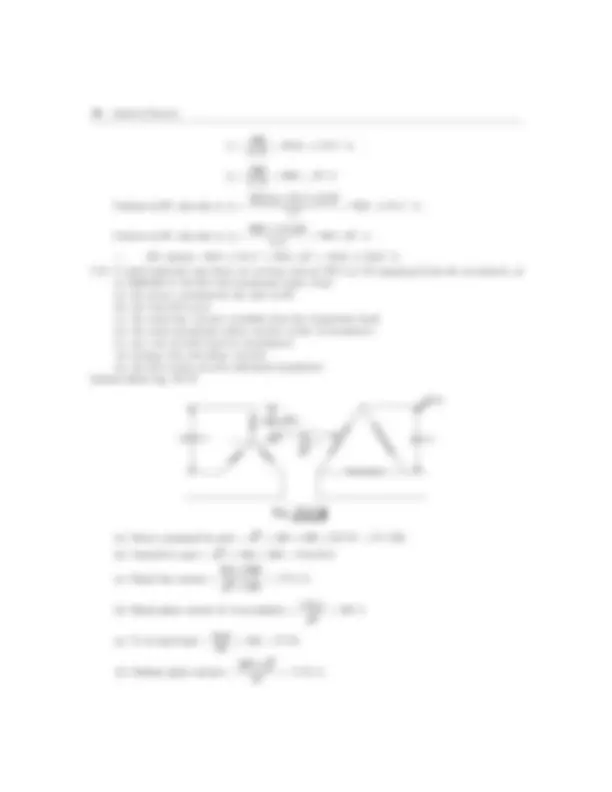
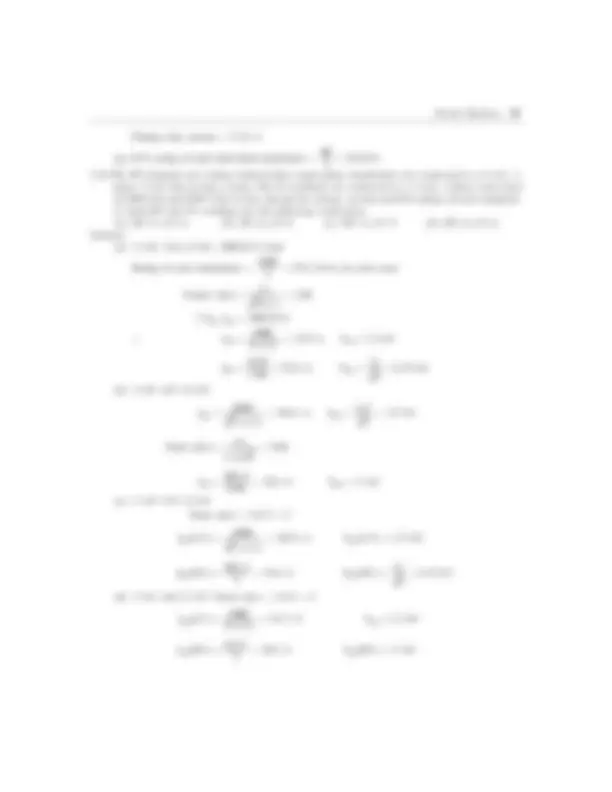
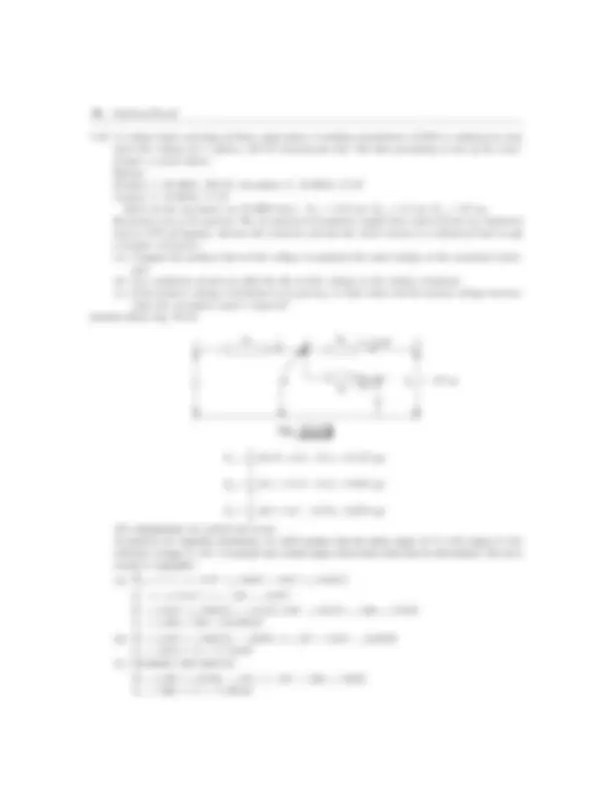
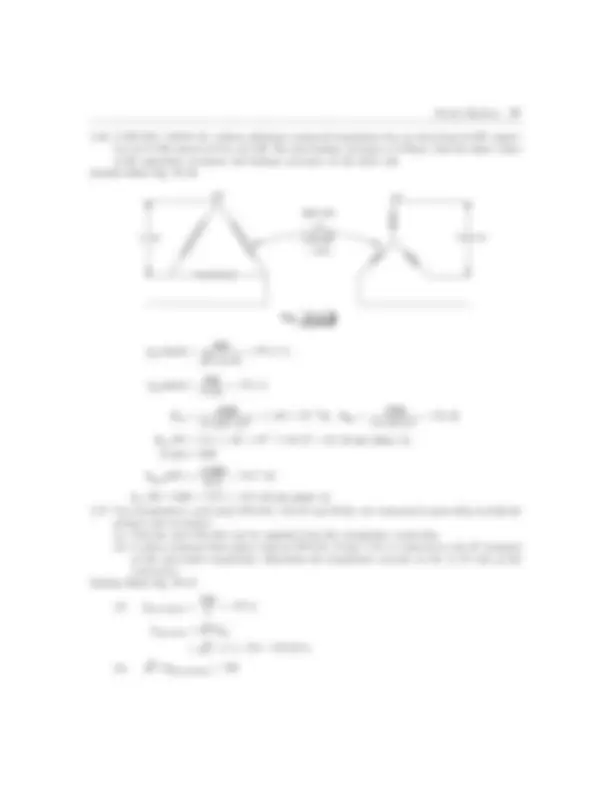

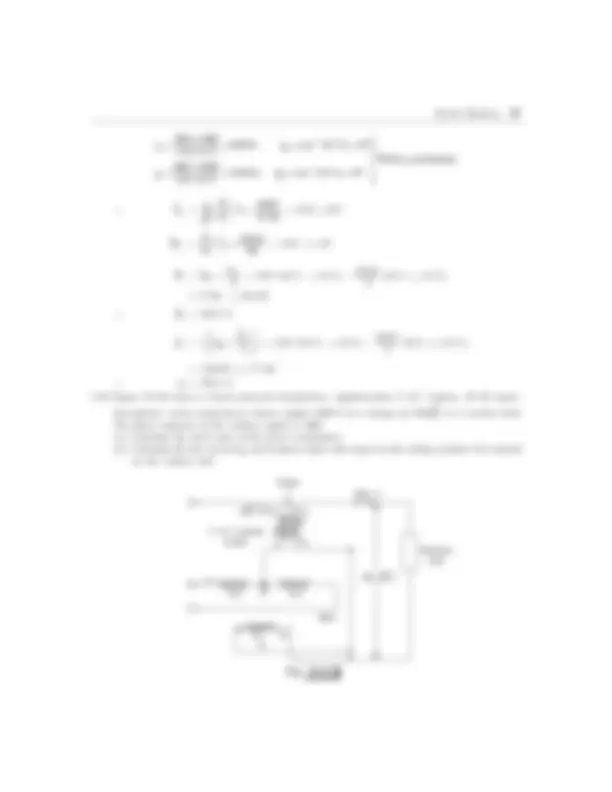
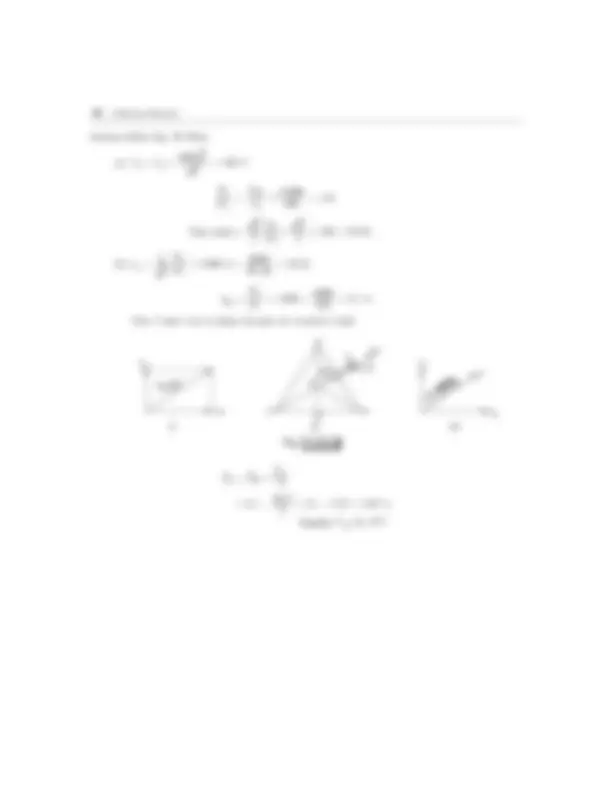
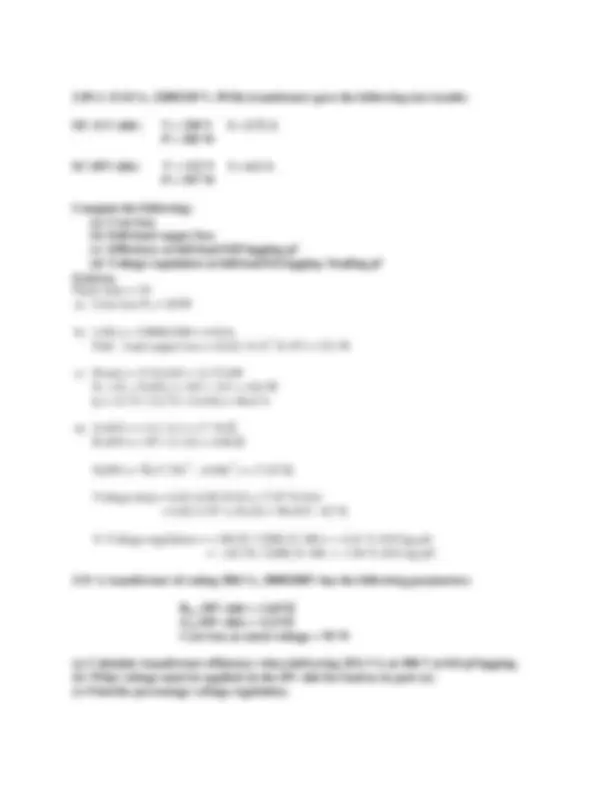
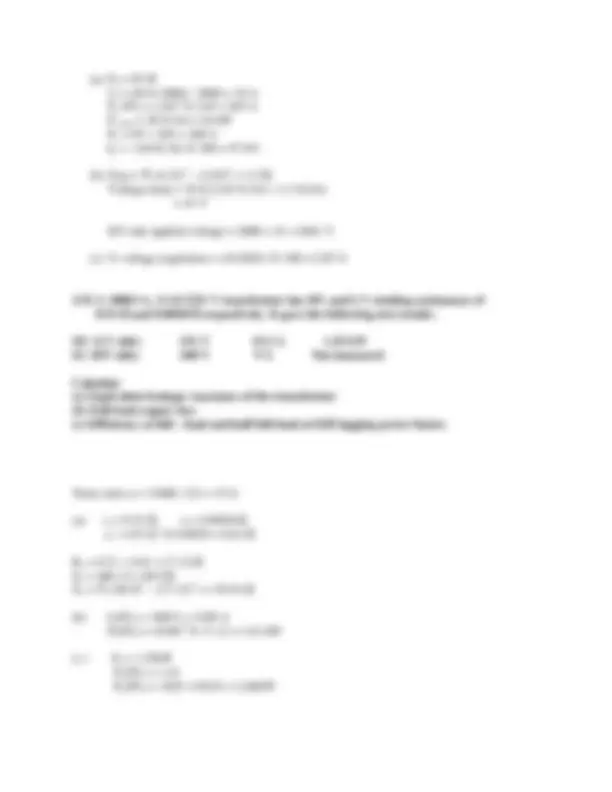
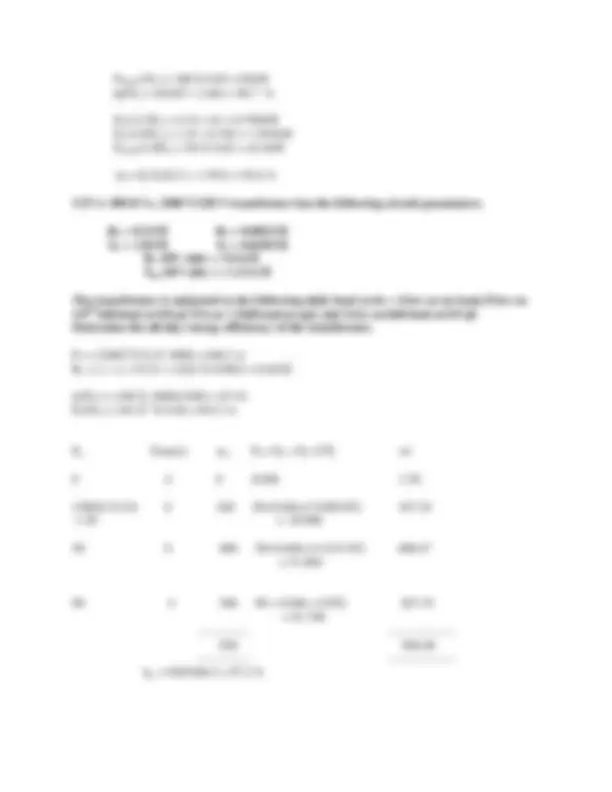
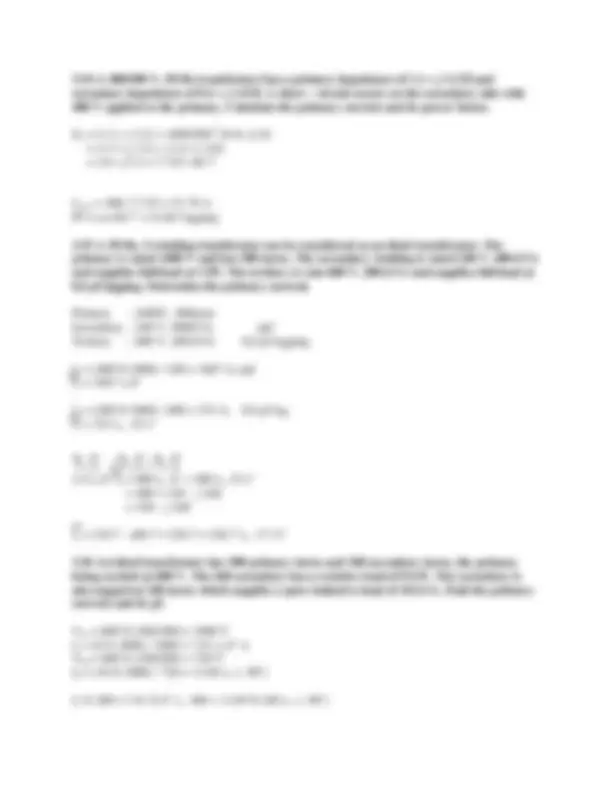
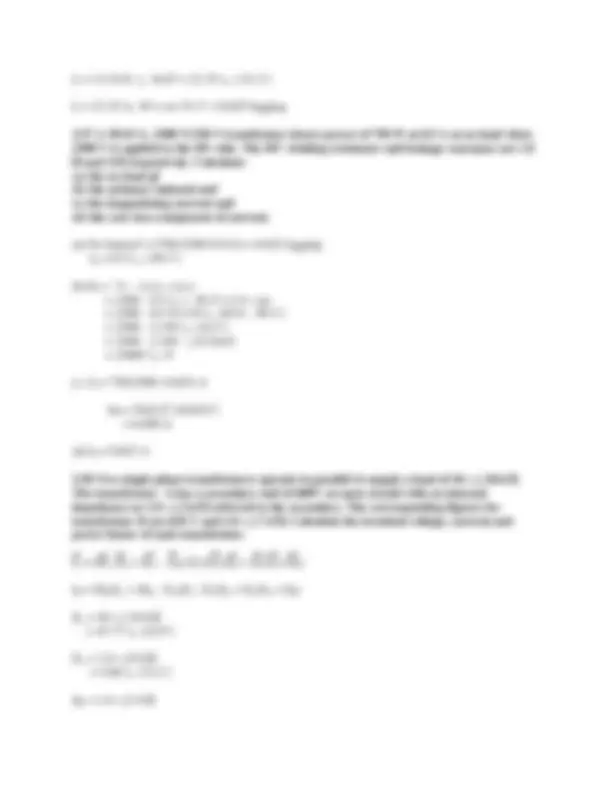
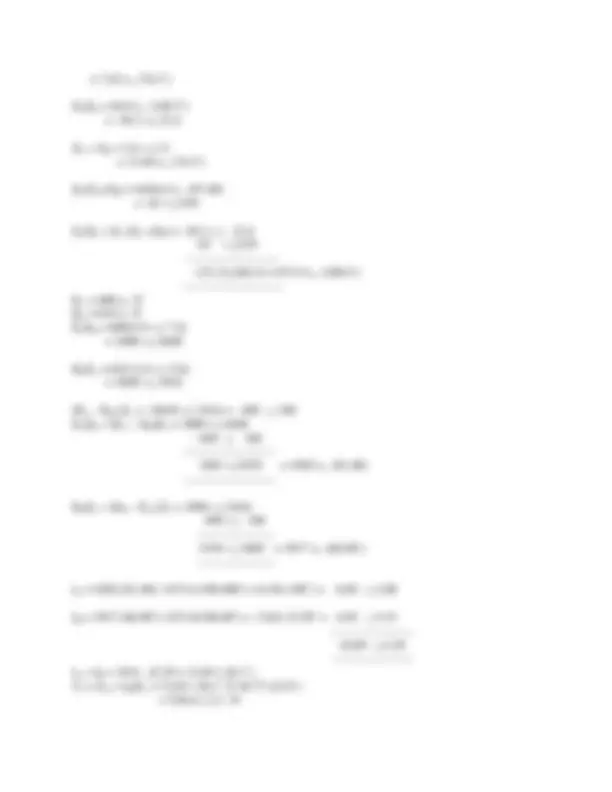

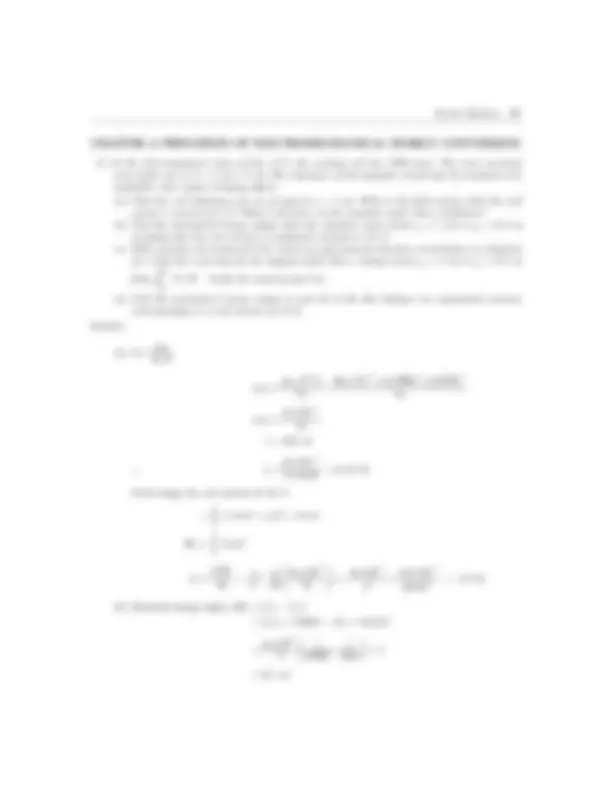
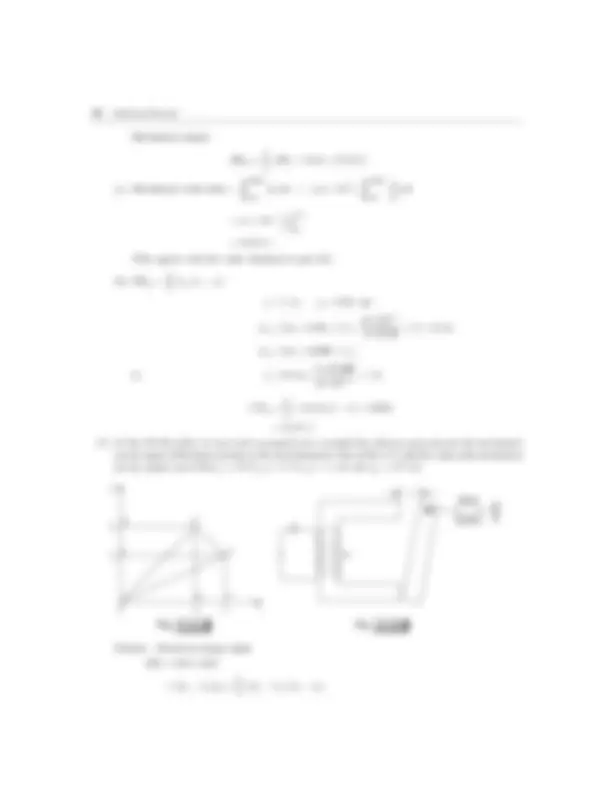
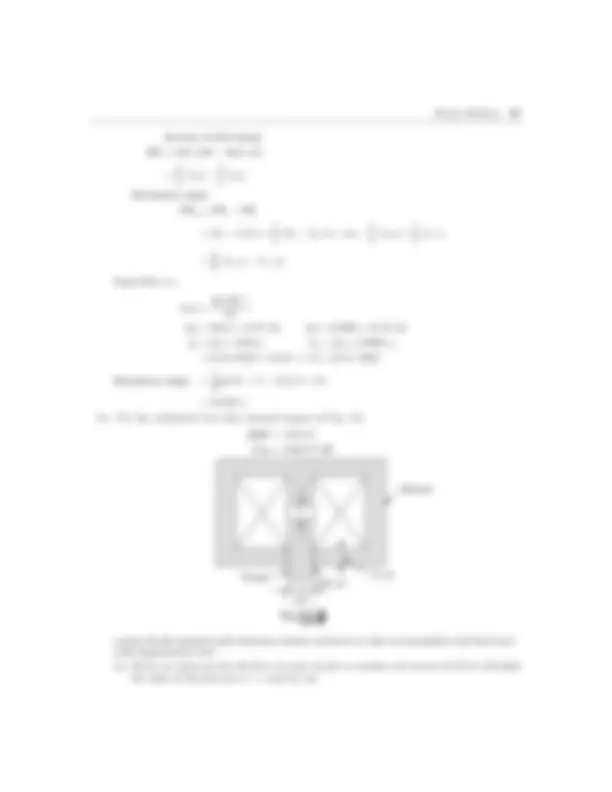
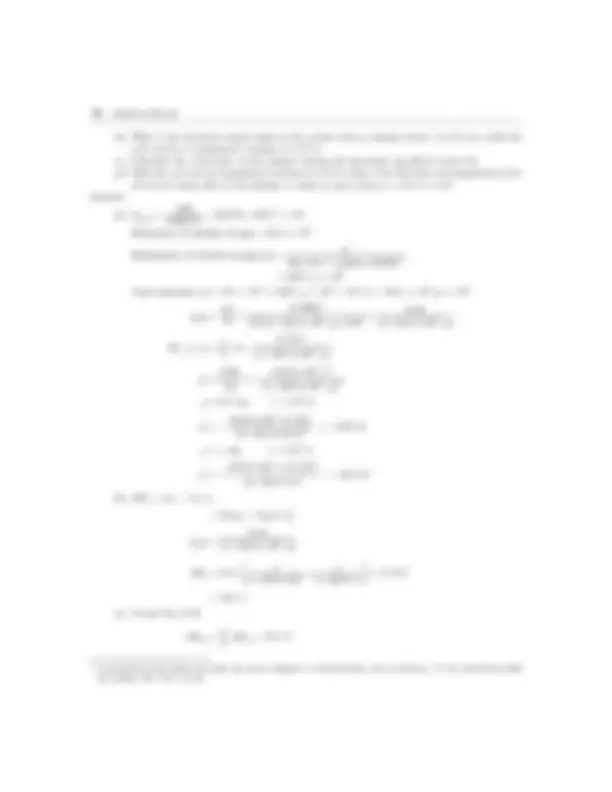
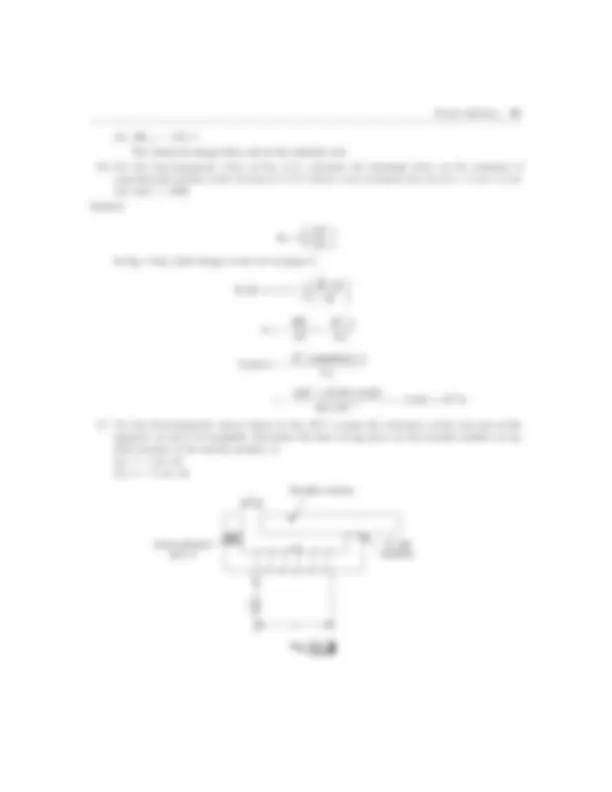
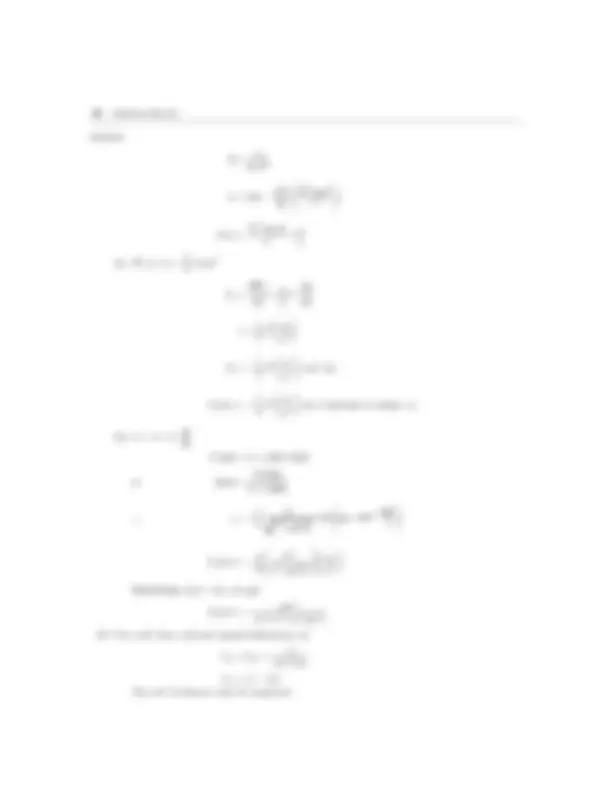
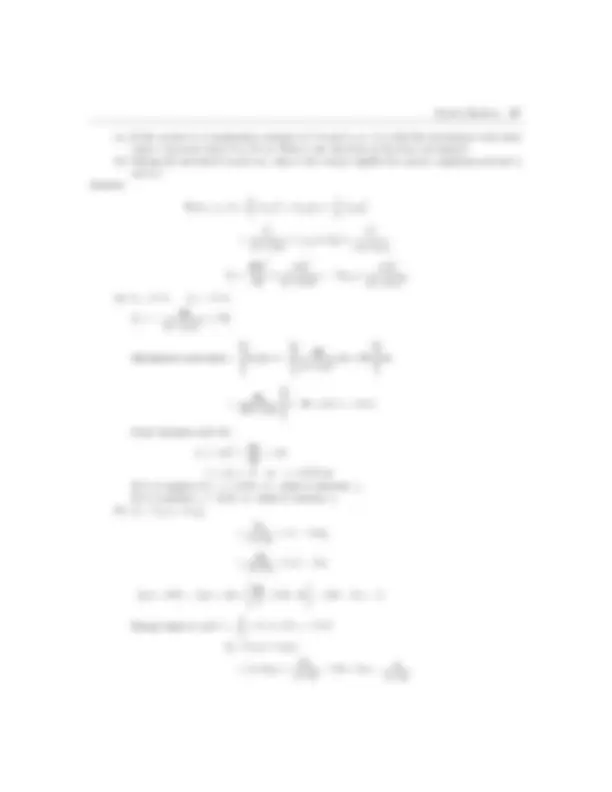
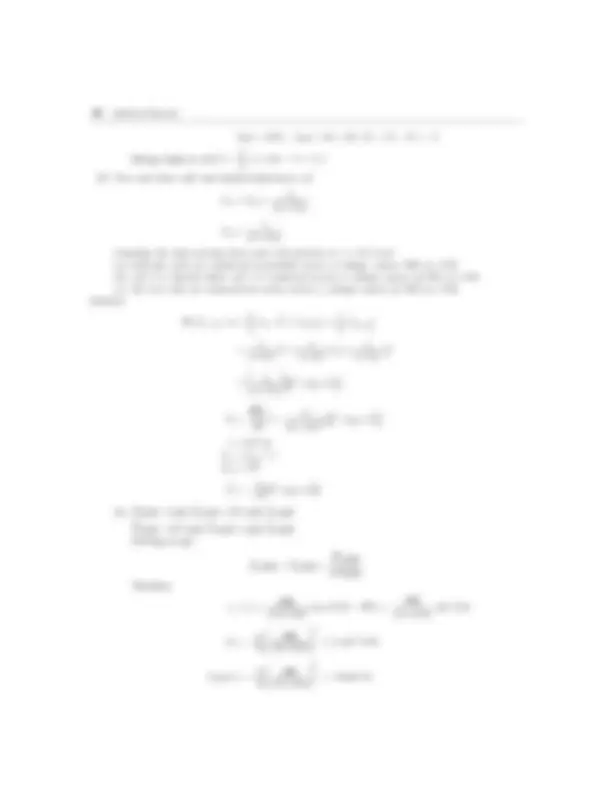
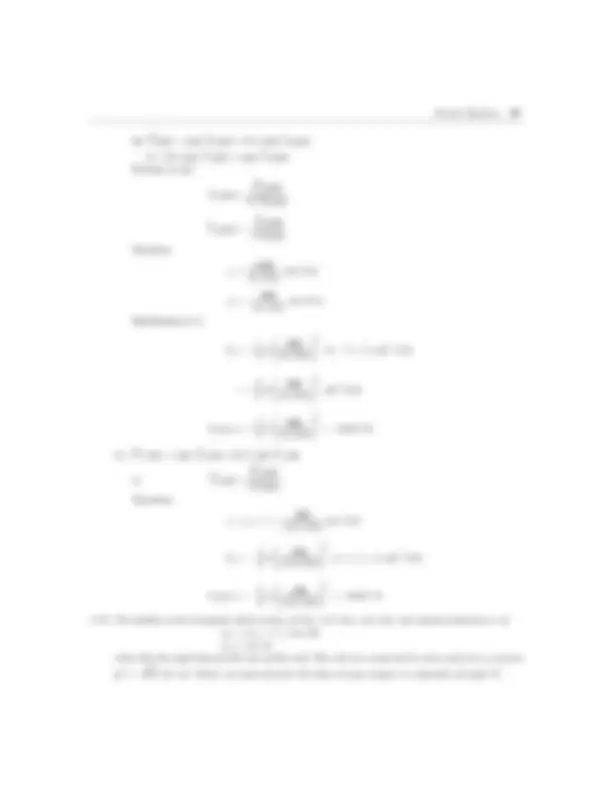
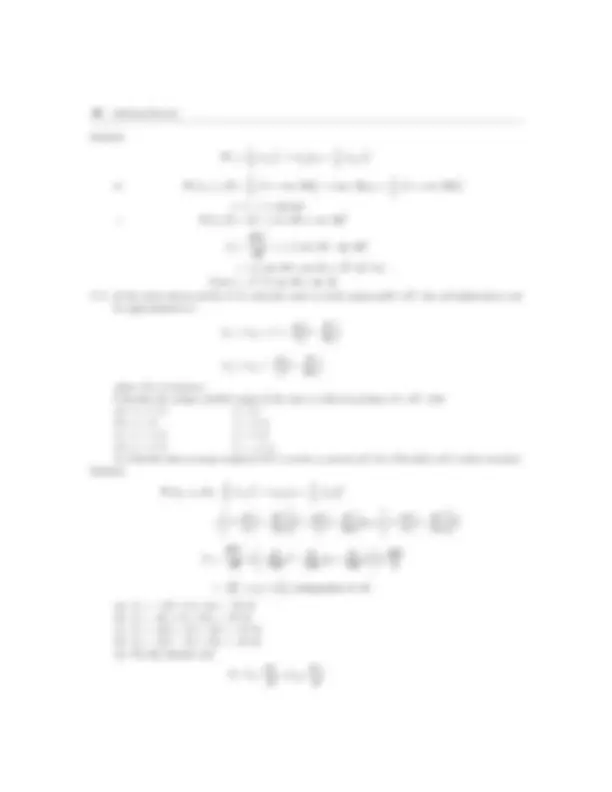
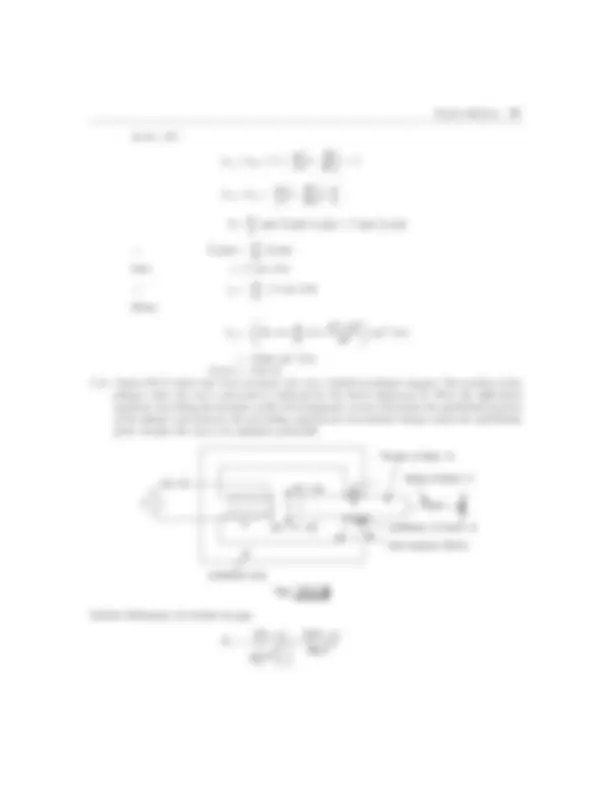
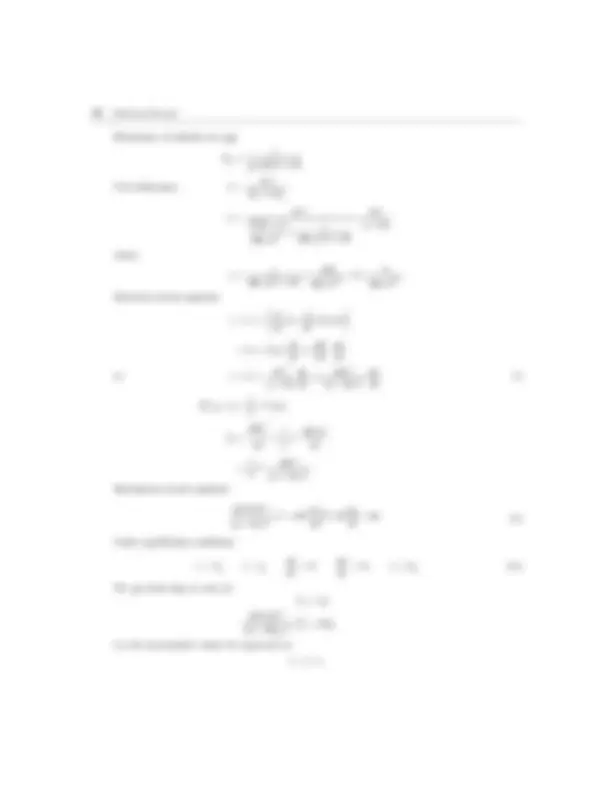
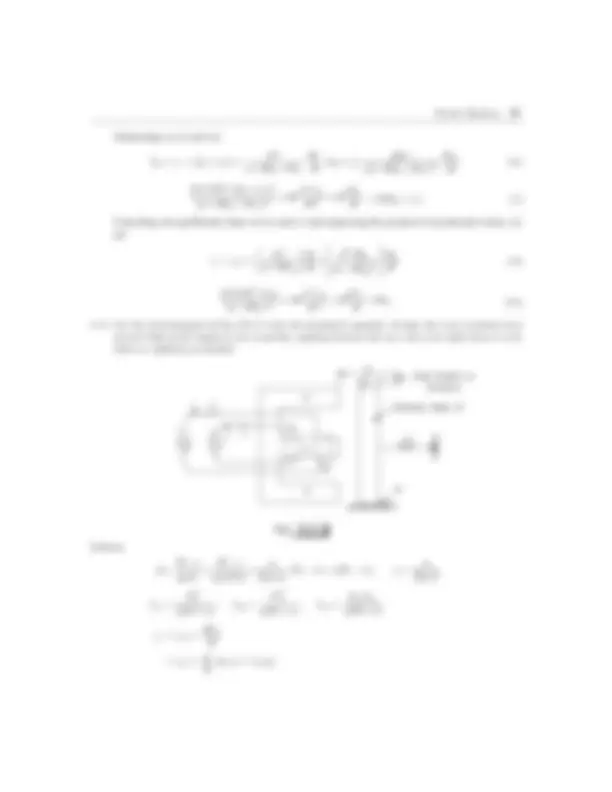
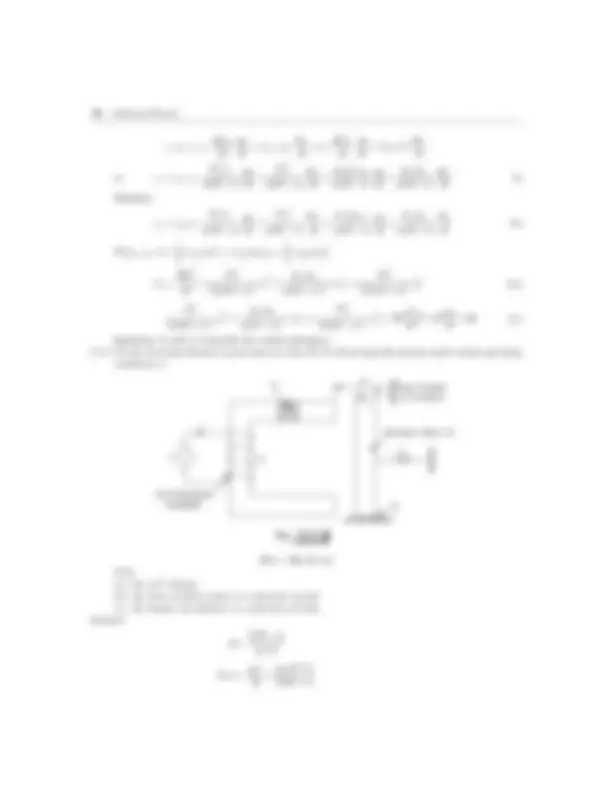
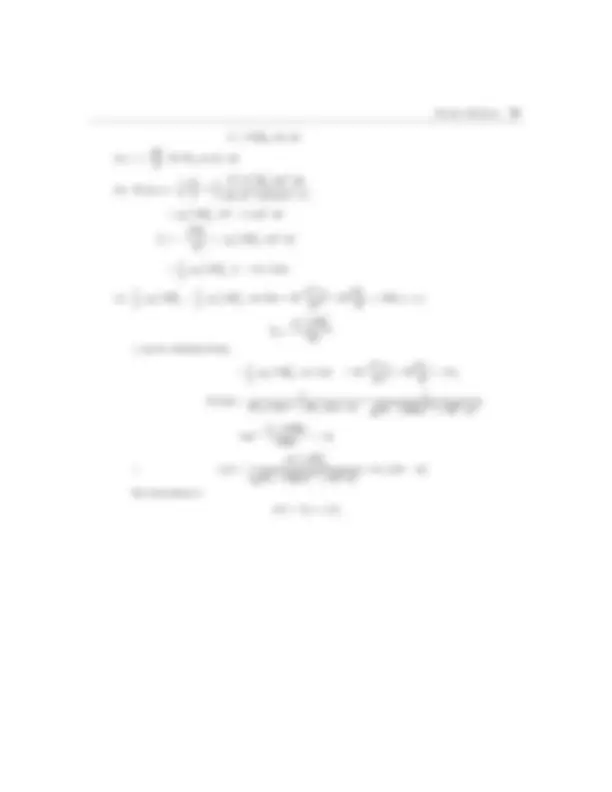
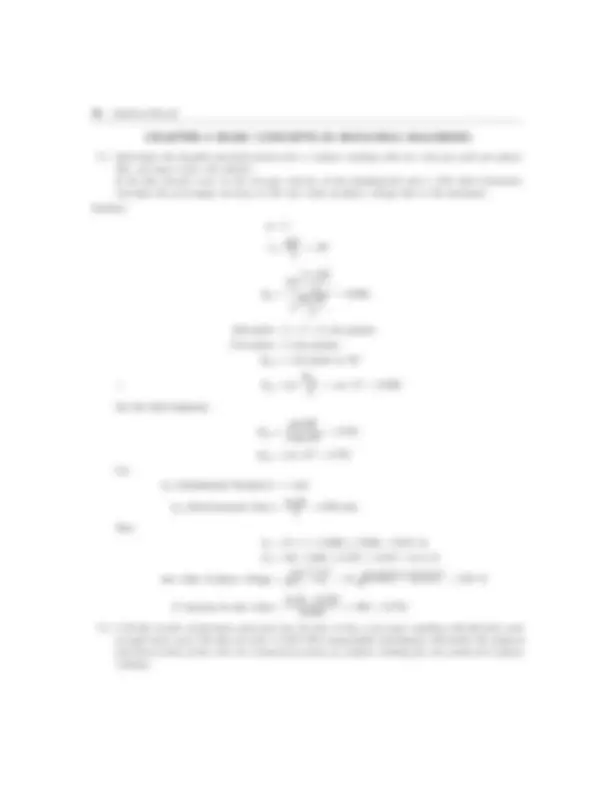
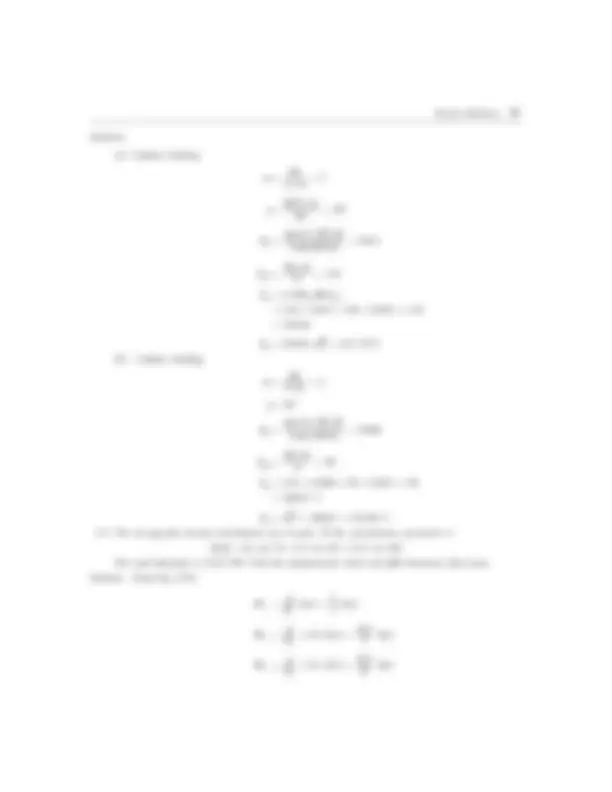
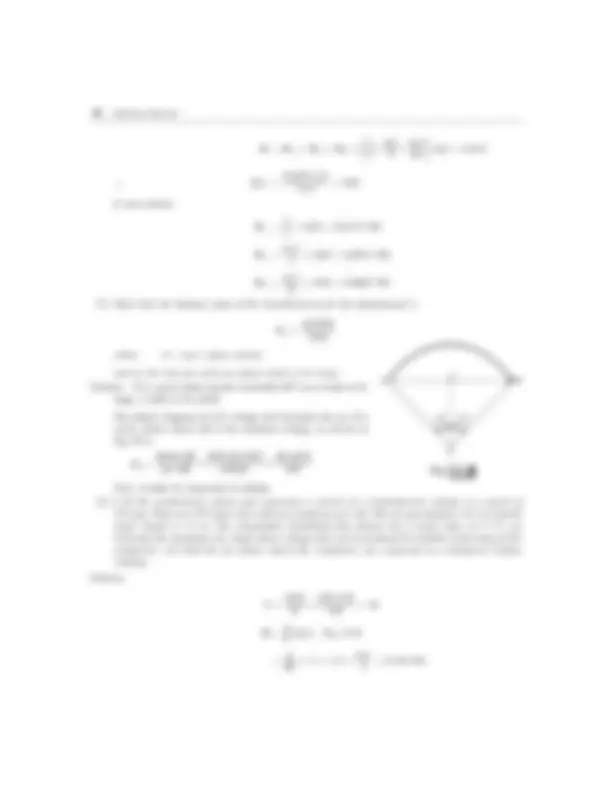
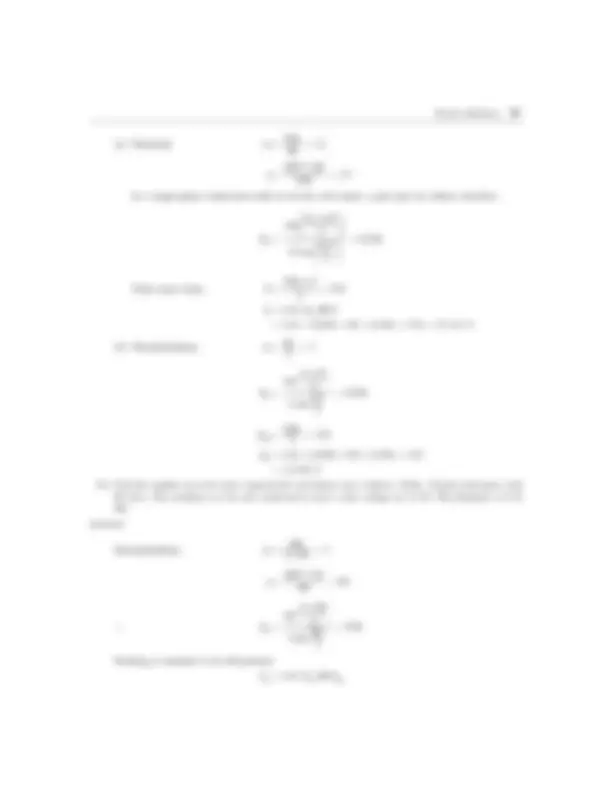
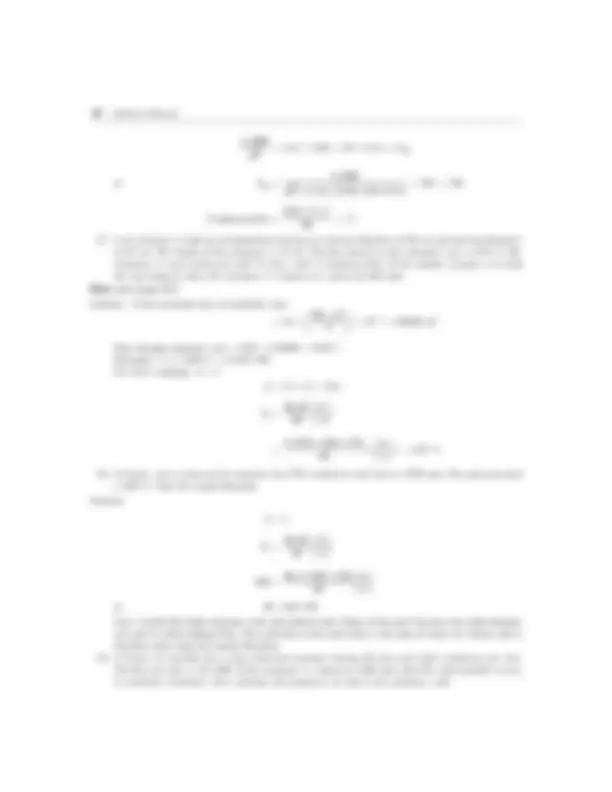
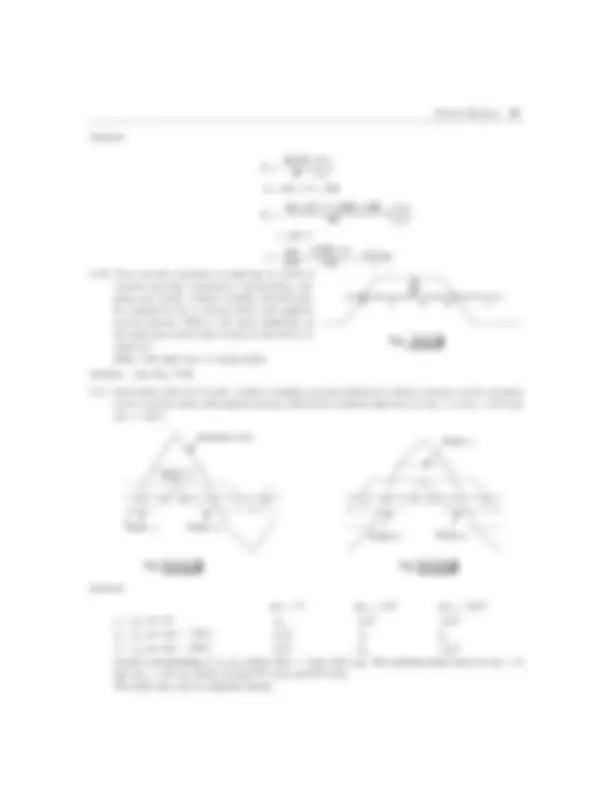
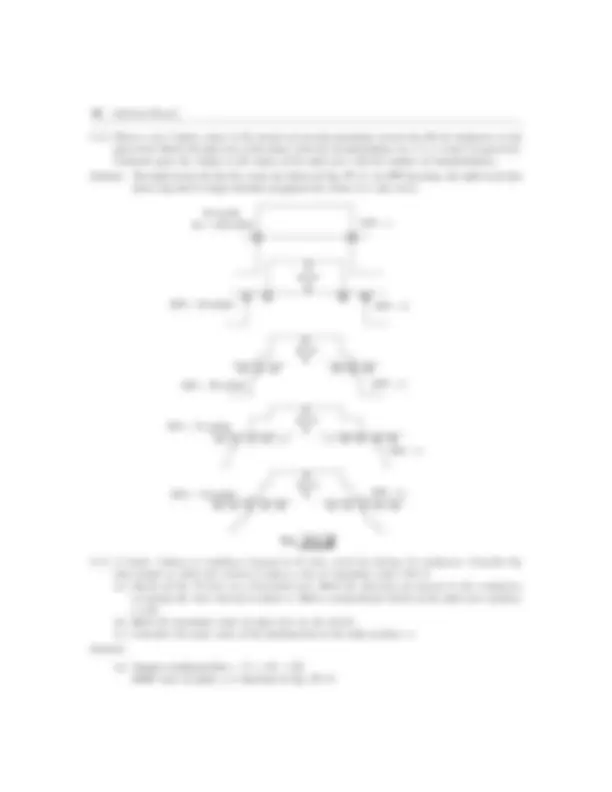
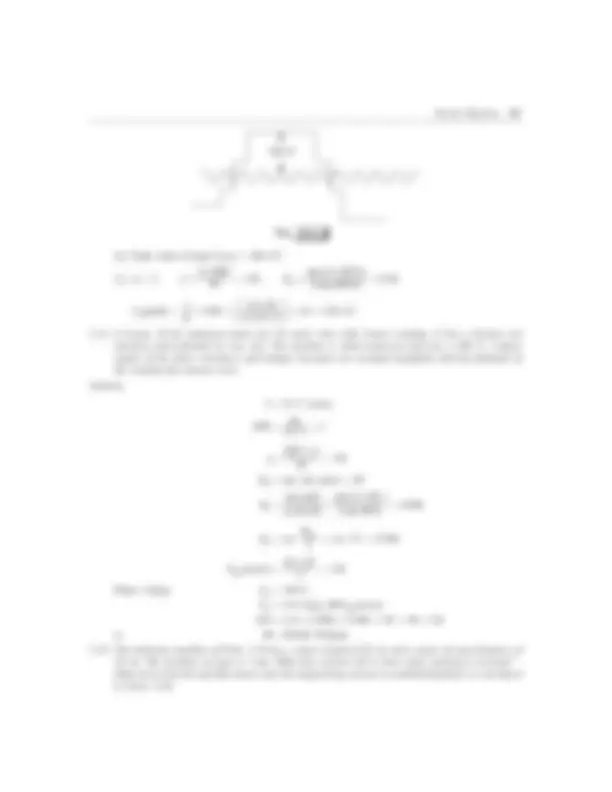
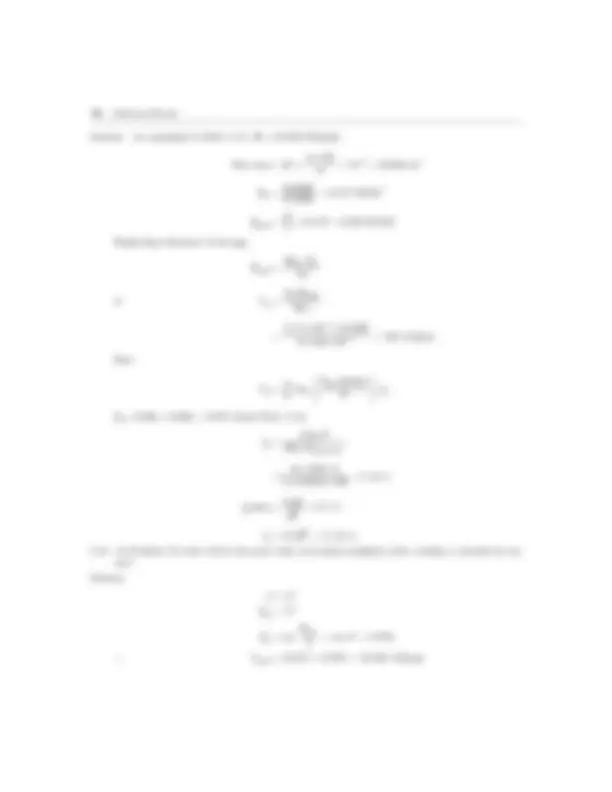
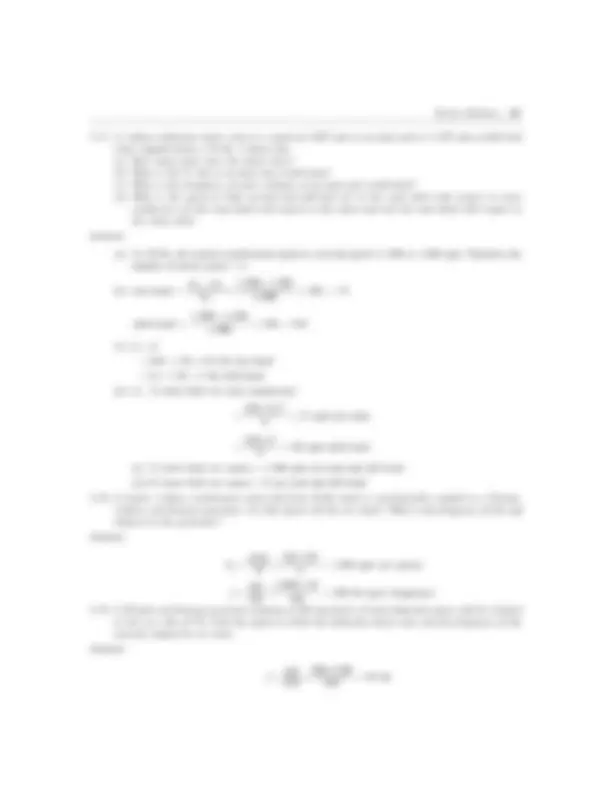
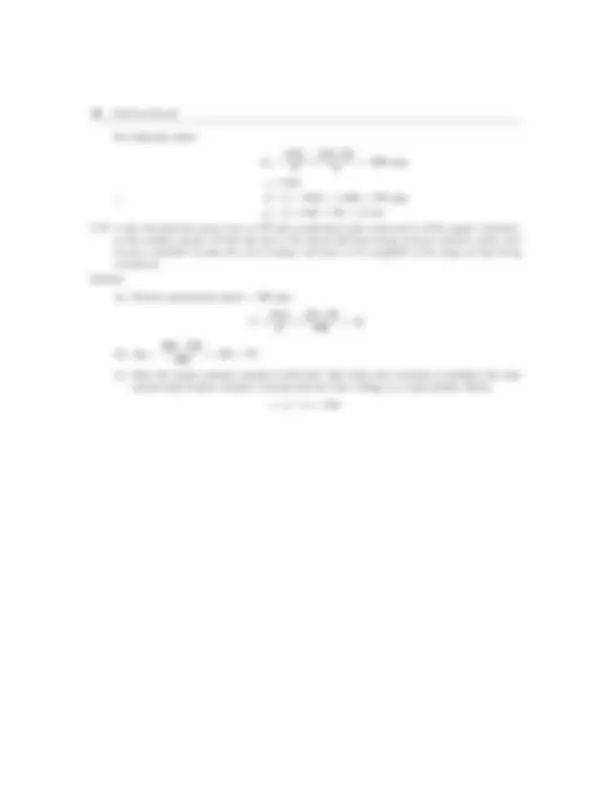
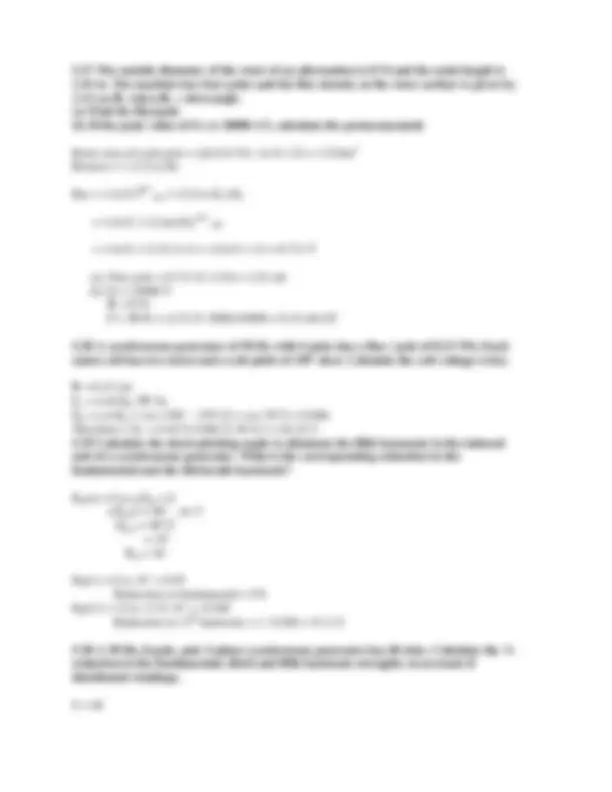
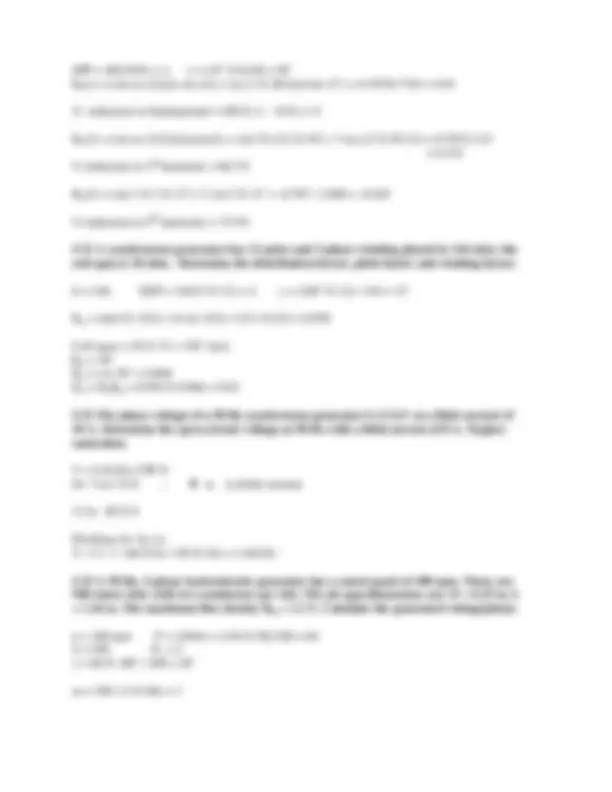
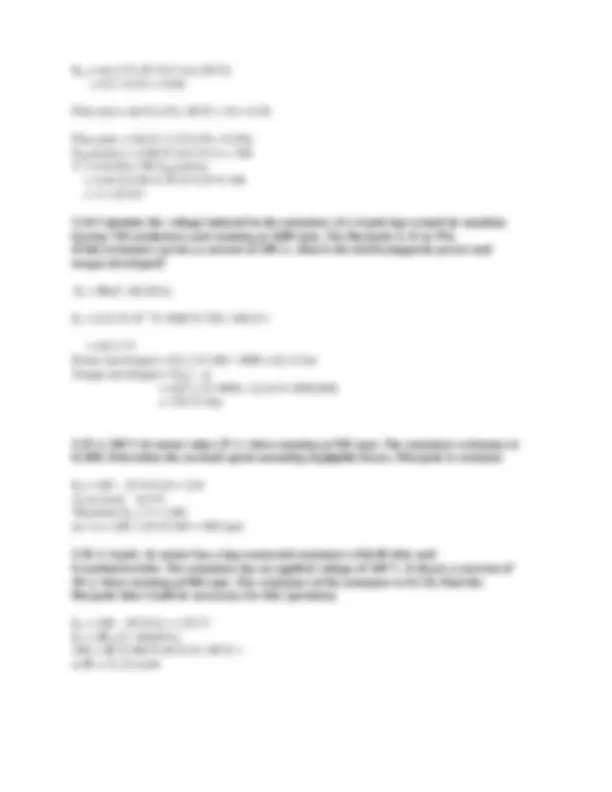
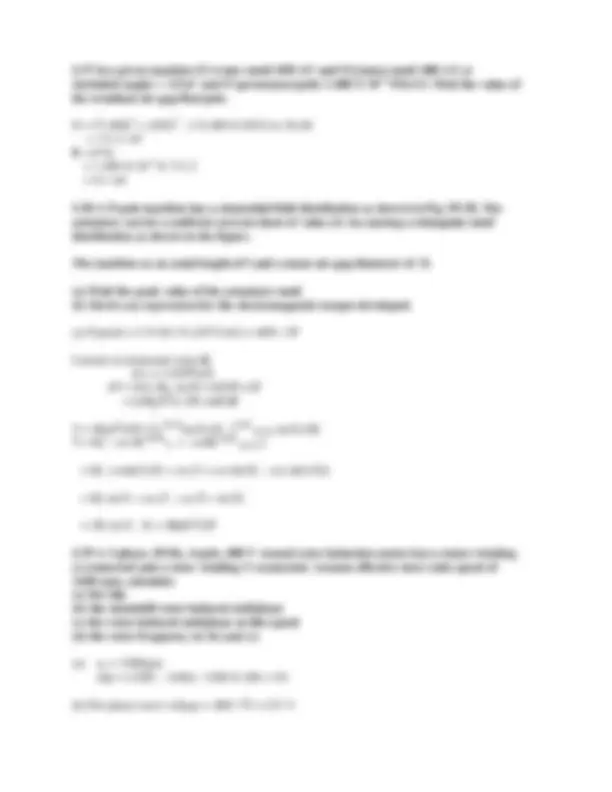
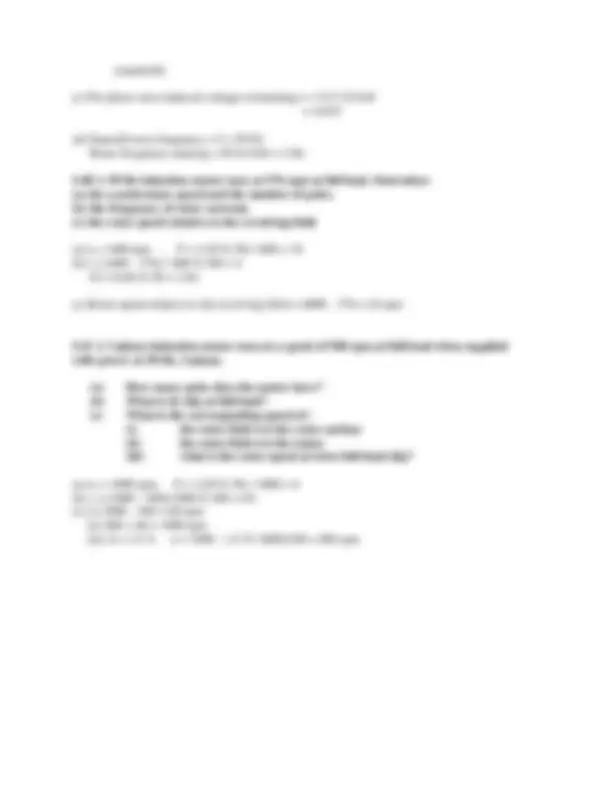
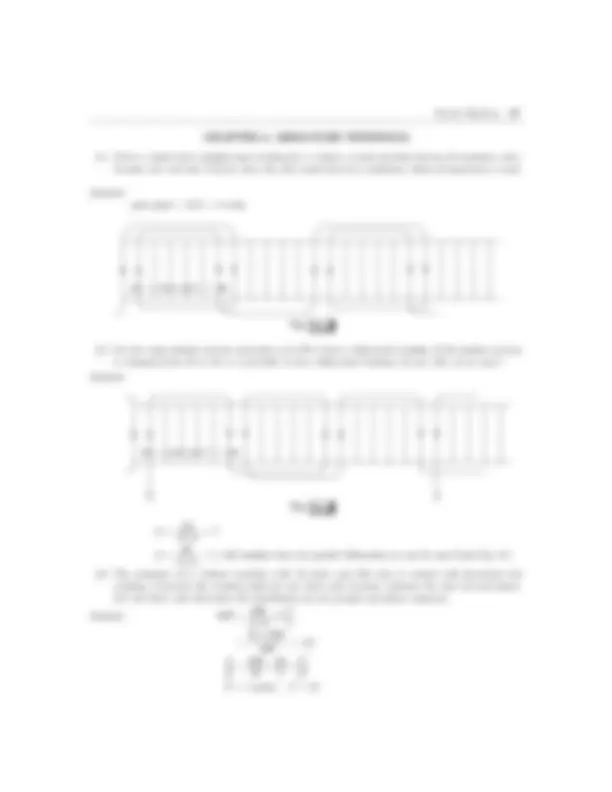
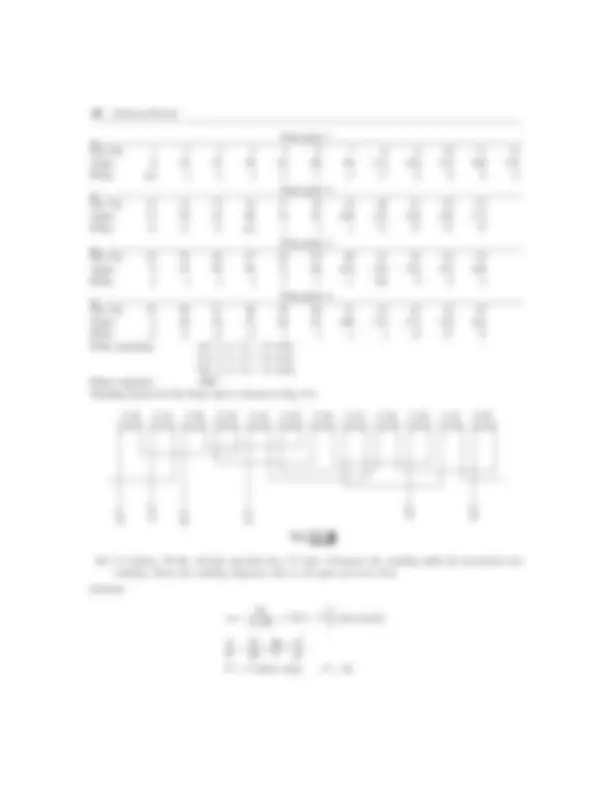
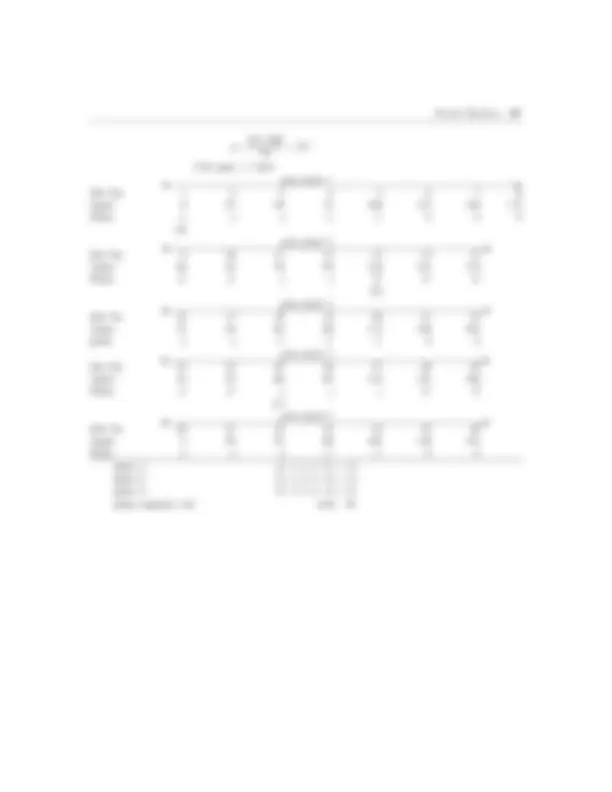
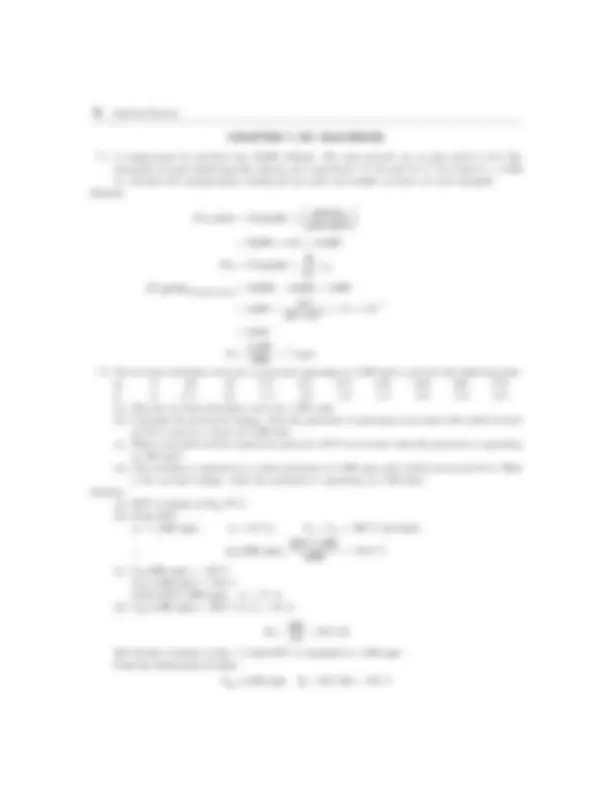
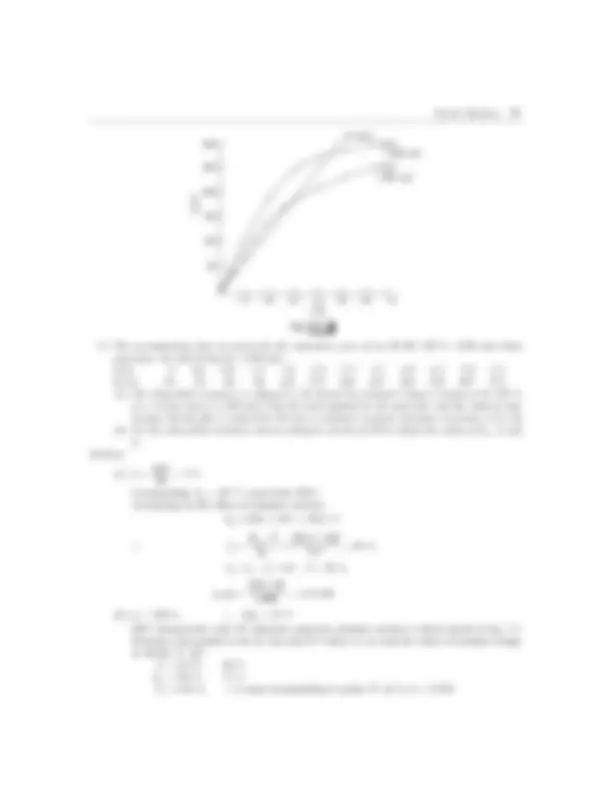
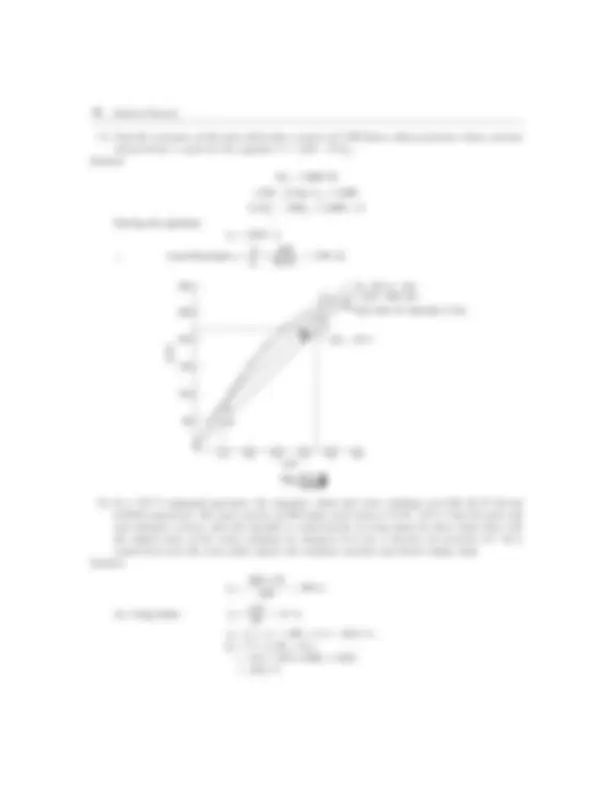
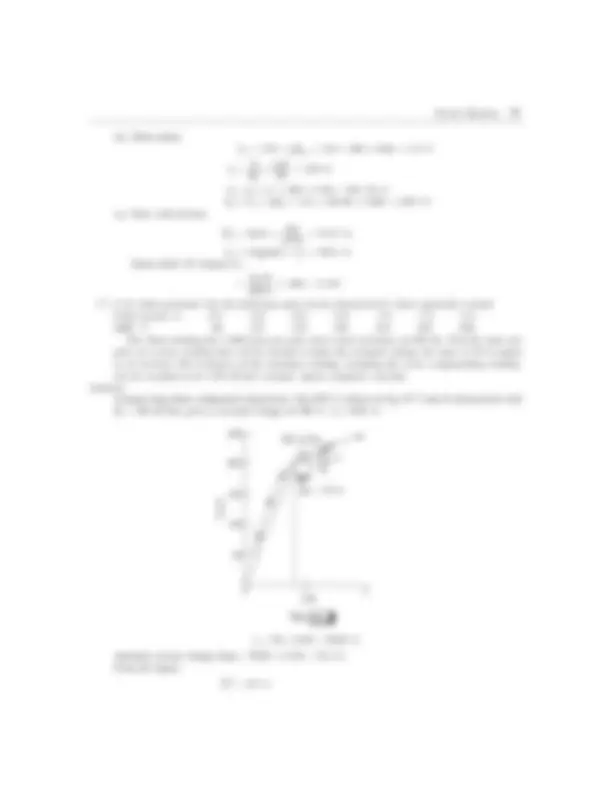
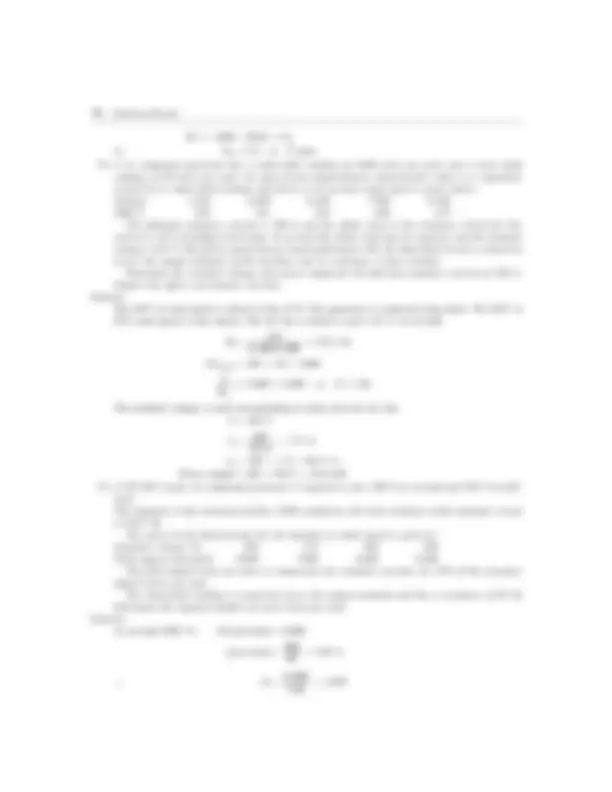
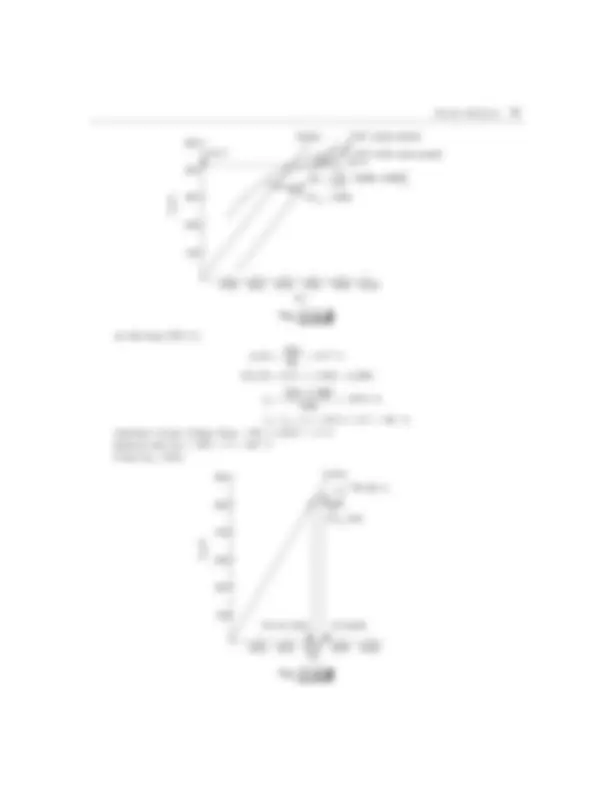
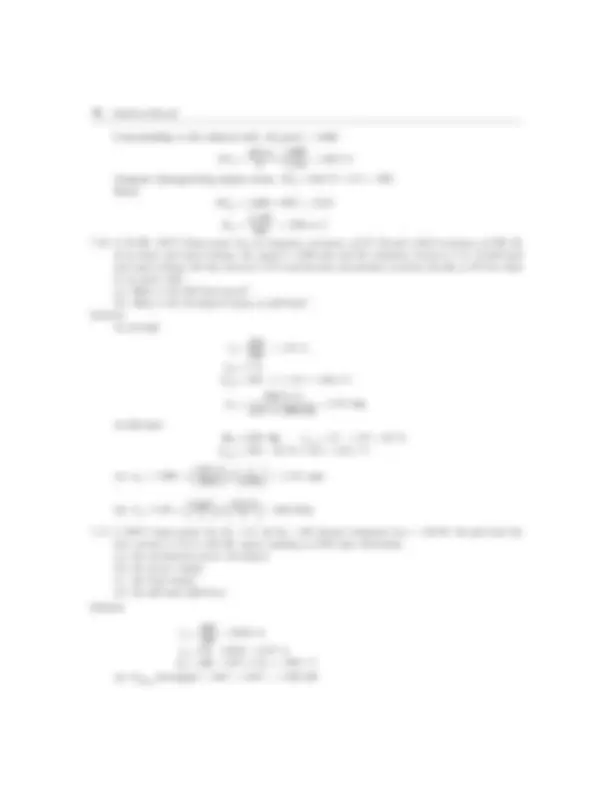
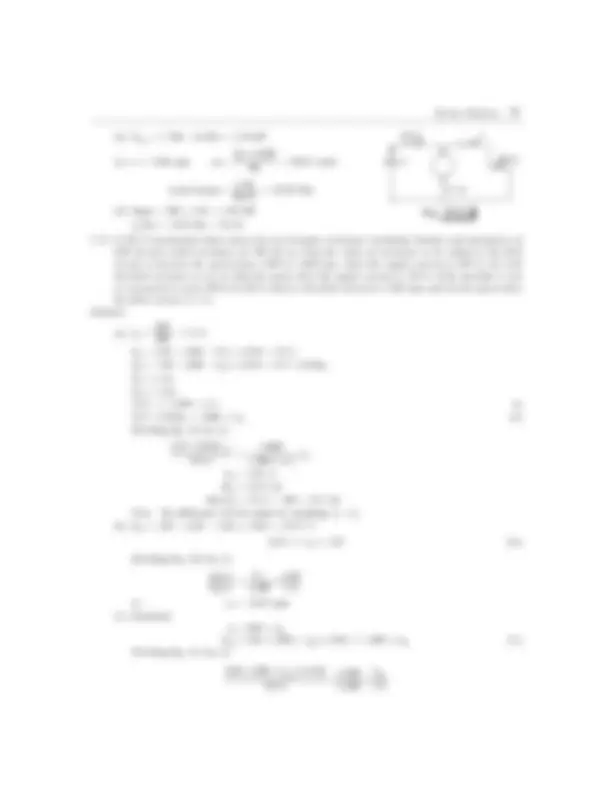
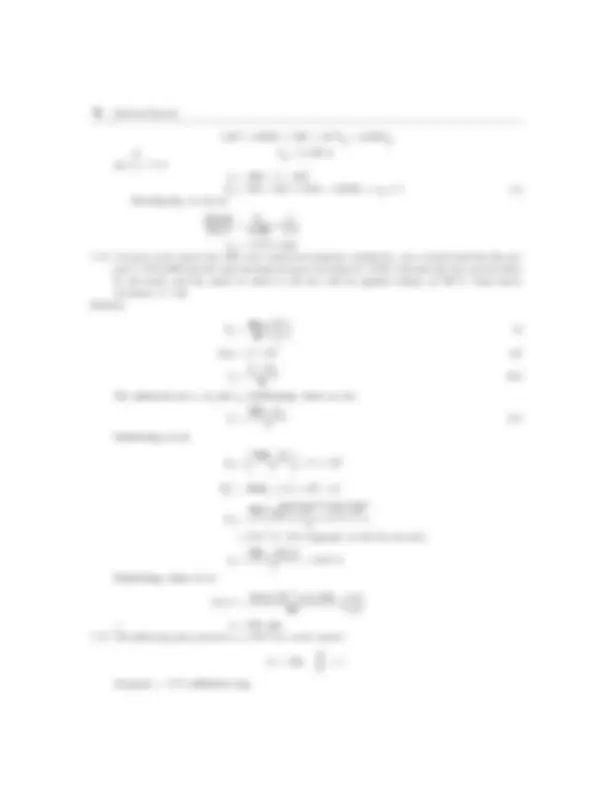
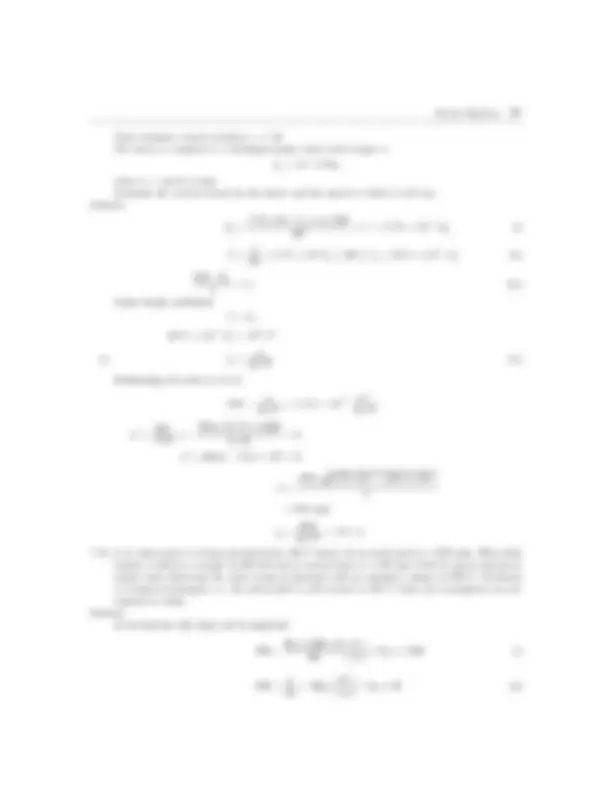
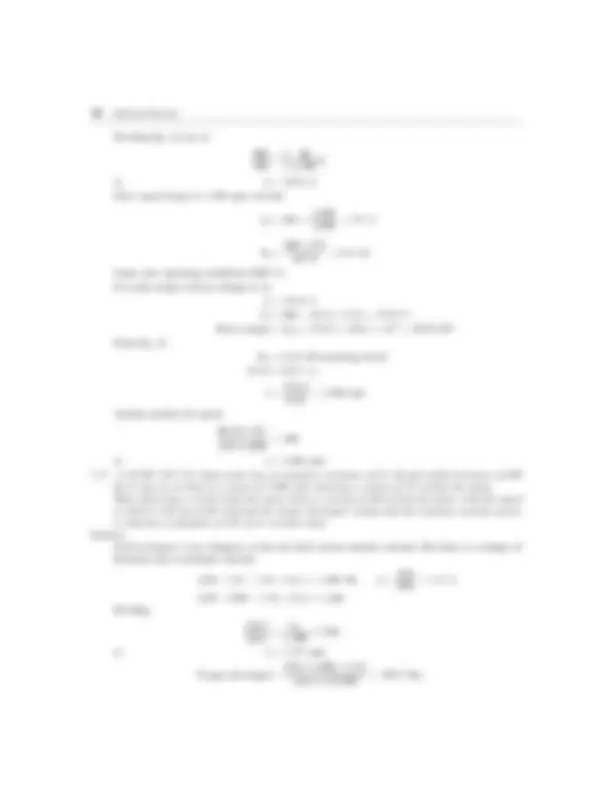
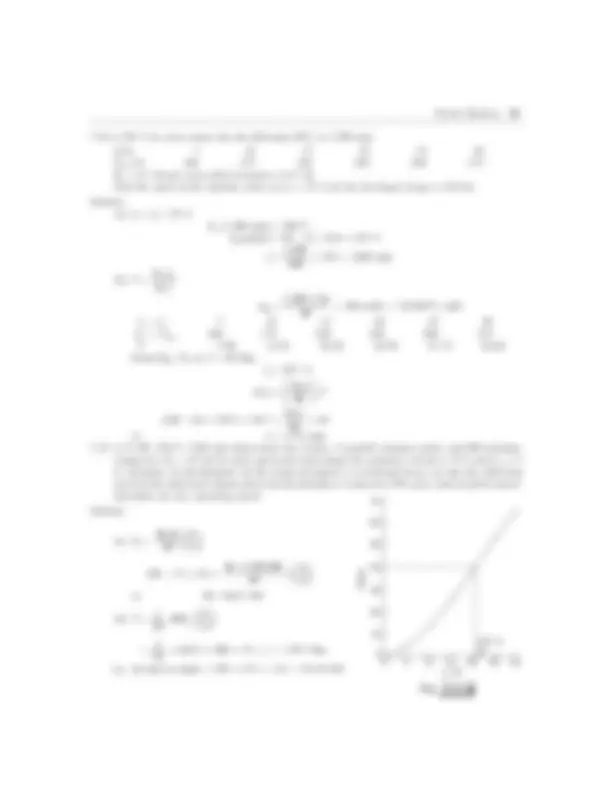
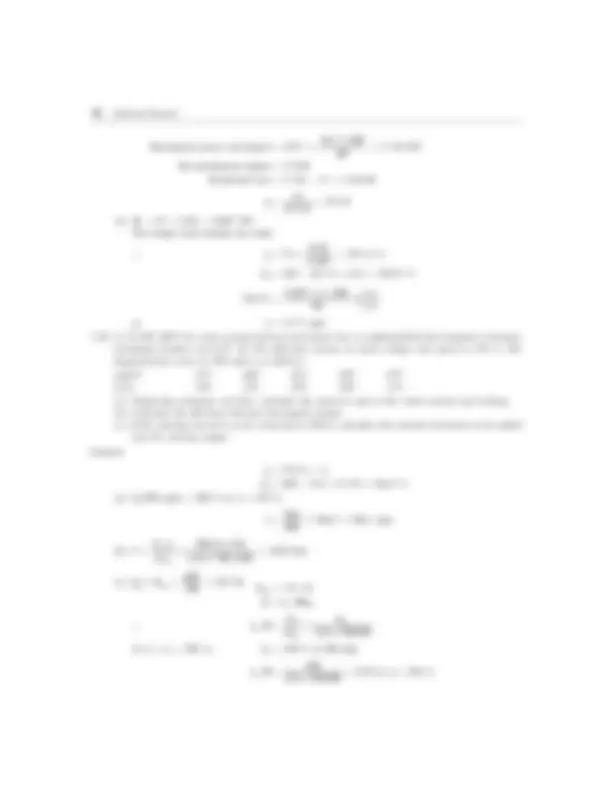
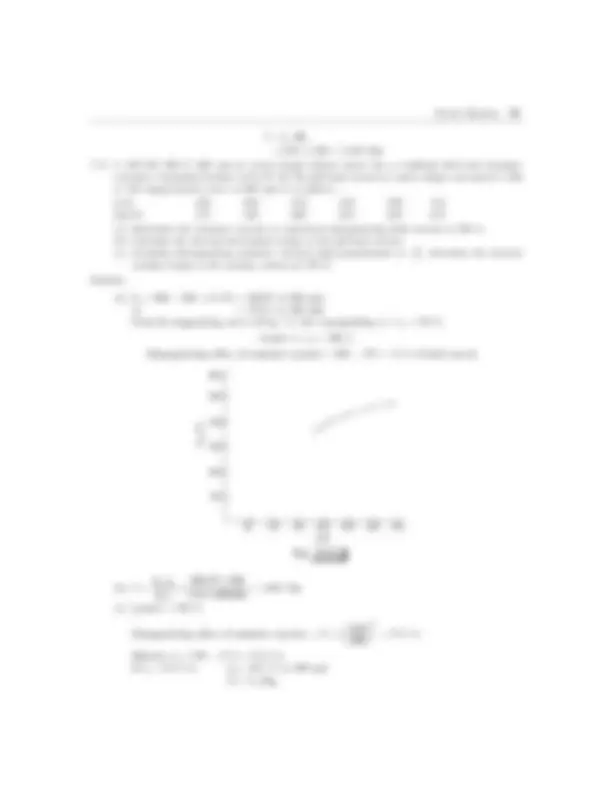
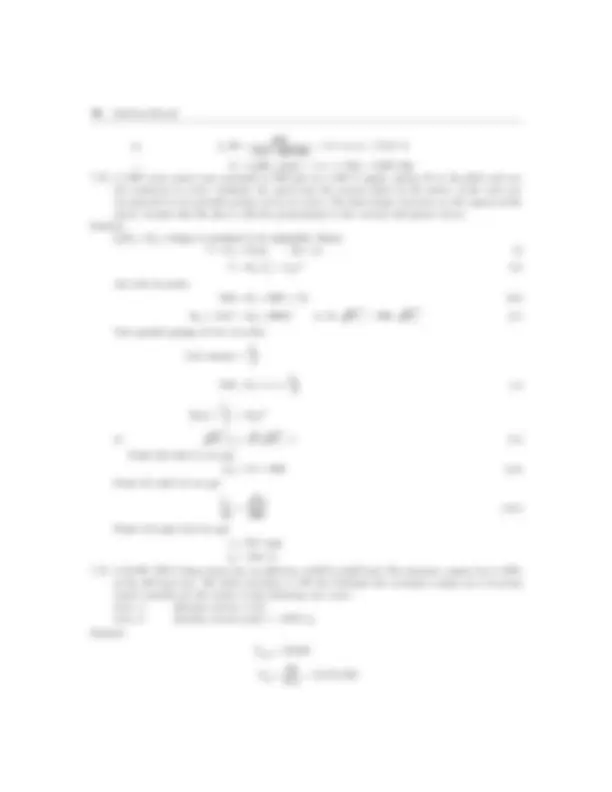
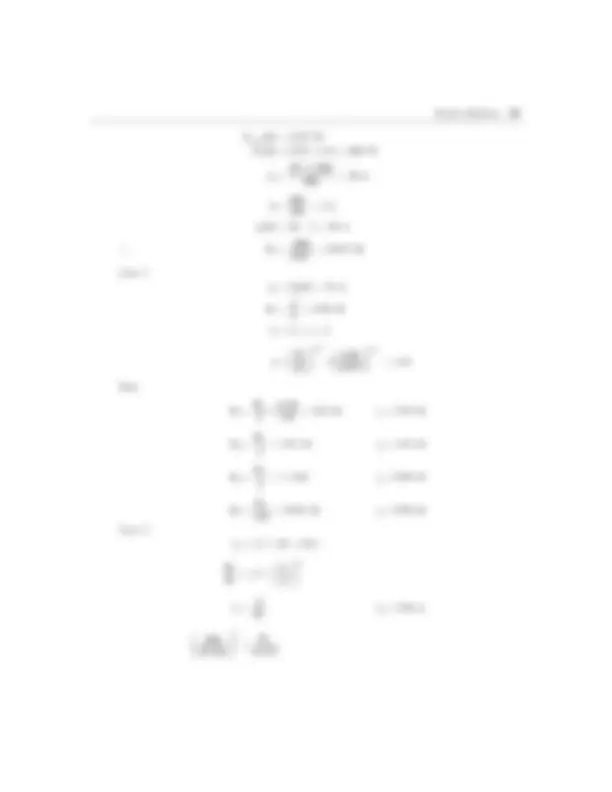
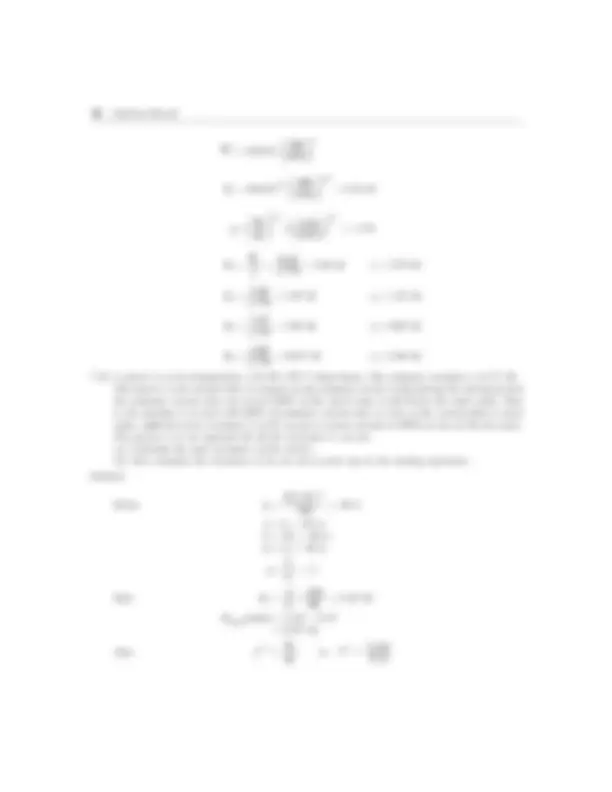
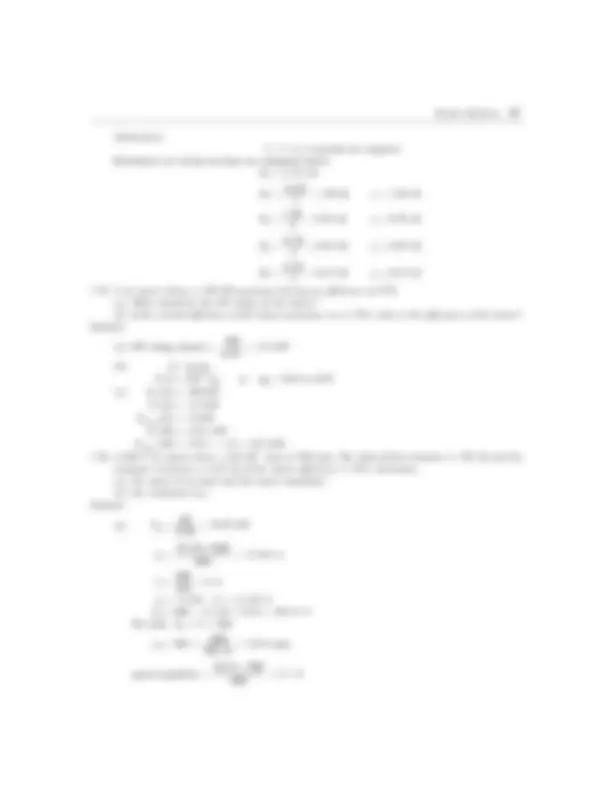


Study with the several resources on Docsity

Earn points by helping other students or get them with a premium plan


Prepare for your exams
Study with the several resources on Docsity

Earn points to download
Earn points by helping other students or get them with a premium plan
Community
Ask the community for help and clear up your study doubts
Discover the best universities in your country according to Docsity users
Free resources
Download our free guides on studying techniques, anxiety management strategies, and thesis advice from Docsity tutors
COMPLETE SOLUTIONS OF ELRCTRICAL MACHINES BY kOTHARI
Typology: Exercises
1 / 201

This page cannot be seen from the preview
Don't miss anything!






























































































On special offer
McGraw-Hill Offices
New Delhi New York St Louis San Francisco Auckland Bogotá Caracas Kuala Lumpur Lisbon London Madrid Mexico City Milan Montreal San Juan Santiago Singapore Sydney Tokyo Toronto
Note Unless otherwise specified, leakage and fringing are neglected. 2.1 A square loop of side 2 d is placed with two of its sides parallel to an infinitely long conductor carrying current I. The centre line of the square is at distance b from the conductor. Determine the expression for the total flux passing through the loop. What would be the loop flux if the loop is placed such that the conductor is normal to the plane of the loop? Does the loop flux in this case depend upon the relative location of the loop with respect to the conductor? Solution At distance r from conductor
H =
2 p r A/m
B = m 0 H =
μ π
0 2
r
Flux passing through elemental strip
df = B dA =
m p
0 2
r
¥ 2 d dr
0 Id^ dr r
m p
Hence f =
m p
0 Id^ b^ d b d
dr r
Ú-
m p
0 Id^ ln
b d b d
ÁË (^) - ˜¯ Wb
If conductor is normal to the plane of the loop, flux through loop is zero, independent of its relative location. 2.2 For the magnetic circuit of Fig. P2.2, find the flux density and flux in each of the outer limbs and the central limbs. Assume m r for iron of the core to be (a) • (b) 4500. Solution
I r dr
b +d
b
b –d
2 d
2 d
Fig. P2.
Mean flux path
f 2 A f 1
0.5 A 2 mm
B
5 cm 10 cm
1 mm
30 cm (^) 5 cm
Core thickness = 5 cm
40 cm
30 cm
1000
Fig. P2.
turns
Electric Machines 1
Electric Machines 3
R (^) c3 =
2 7 4
p -^ , - = 0.016^ ¥^10
(^6) AT/Wb
R (^) eq = [( R (^) c1 + R (^) g1 ) || ( R (^) c2 + R (^) g2)] + R (^) c R (^) c1 + R (^) g1 = 0.6366 + 0.084 = 0.7206 ¥ 106 R (^) c2 + R (^) g2 = 0.3183 + 0.085 = 0.4033 ¥ 106
R (^) eq =
¥ 106 = 0.2746 ¥ 10 6 AT/Wb
f = 500 0 2742. ¥ 10 6
= 1823 mWb
3 4
f 1 = 1.823 ¥ 0 4033 1 1239
= 0.654 mWb
3 4
f 2 = 1.823 ¥ 0 7206 1 1239
= 1.17 mWb
3 4
2.3 For the magnetic circuit shown in Fig. P2.3, calculate the exciting current required to establish a flux of 2 mWb in the air-gap. Take fringing into account empirically. Use the B–H curve of Fig. 2.15.
200 turns
15 cm
Ac = 5 cm ¥ 4 cm
0.1 cm f = 2 mWb
20 cm
20 cm
Fig. P2.
0.05 0.1 0.2 0.3 0.5 1 2 3 5
Crgos*
H(kAT/m) *Cold rolled grain oriented steel
Solution Taking fringing into account empirically
A g = (5 + 0.1) (4 + 0.1) = 20.91 ¥ 10 –4^ m 2
B g =
3 4
. - = 0.957 T
H g =
p ¥ -^
ATg = 7.616 ¥ 105 ¥ 0.1 ¥ 10 –^2 = 761.
B c =
3 4
Corresponding H c is obtained from B–H curve of Fig. 2. 15
H c = 0.06 kAT/m = 60 AT/m AT c = 60 ¥ 55 ¥ 10 –^2 = 33
i = 1 200
2.4 A steel ring has a mean diameter of 20 cm, a cross-section of 25 cm^2 and a radial air-gap of 0. mm cut across it. When excited by a current of 1A through a coil of 1000 turns wound on the ring core, it produces an air-gap flux of 1 mWb. Neglecting leakage and fringing, calculate (a) relative permeability of steel, and (b) total reluctance of the magnetic circuit. Solution
l c = p ¥ 20 – 0.08 = 62.75 cm; l g = 0.08 cm; A g = 25 cm^2
R (^) g =
3 7 4
p -^ - = 0.255^ ¥^10
6
f = 1 mWb
B(T)
Fig. P2.3(a)
4 Solutions Manual
F (^1)
50 cm 50 cm
2 mm
Ac = 40 cm^2 20 cm
Solution The equivalent electric circuit is shown in Fig. 2.6(a). l c1 = l c3 = 0.5 m
R (^) c1 = R (^) c3 = 0 5 4 10 7 2 500 40 104
p ¥ -^ ¥ , ¥ ¥ - = 3.98 ¥ 10 4 AT/Wb
R (^) c2 =
2 7 4
p -^ , - = 1.59 ¥ 10 4 AT/Wb
R (^) c
f 1 A f 2
R (^) c
R (^) g
(Ni) 2
R (^) c
B
R (^) g =
3 7 4
p -^ - = 39.79^ ¥^10
(^4) AT/Wb
f = 4 mWb (AT)AB = f ( R (^) c2 + R (^) g) = 4 ¥ 10 –^3 (159 + 39.79) ¥ 10 4 = 1,
f 1 =
= 58.9 mWb
f 2 = f 1 – f = 58.9 – 4 = 54.9 mWb 1 655 3 98 10
2 4
Ni = 54.9 ¥ 10 –^3
1,655 + ( Ni ) 2 = 2,185 or ( Ni ) 2 = 530 AT 2.7 For the magnetic circuit shown in Fig. P2.7, the air-gap flux is 0.24 mWb and the number of turns of the coil wound on the central limb is 1000. Calculate (a) the flux in the central limb and (b) the current required. The magnetization curve of the core is as follows: H (AT/m) 200 400 500 600 800 1060 1400 B (T) 0.4 0.8 1.0 1.1 1.2 1.3 1.
F¢ 2
4000 AT = (
Ni)
1
f
Fig. P2.
Fig. P2.6(a)
6 Solutions Manual
Solution
B g =
3 4
H g =
p ¥ -^
= 31.83 ¥ 104 AT/m
B c = B g = 0.4 T (no fringing)
From the B–H data given, H 1 = 200 AT/m
(AT)AB = H 1 l 1 + H g l g = 200 ¥ (2 ¥ 10 + 15) ¥ 10 –^2 + 31.83 ¥ 10 4 ¥ 1 ¥ 10 –^3 = 388.
2 cm
Air gap, 1 mm
2 cm 2 cm
(^2 ) 15 cm 2 cm
10 cm 10 cm 2 cm
B Core thickness = 3 cm
4 cm
0 200 400 600 800 1000 1200 1400 H(AT/m) (a)
B(T)
Fig. P2.
Electric Machines 7
R (^) c1 = R (^) c3 =
7 4
p -^ m (^) r. - m r AT/Wb
R (^) c2 =
7 4
p -^ m (^) r - m r
¥ 109 AT/Wb
R (^) g =
3 7 4
p -^ - = 0.5305^ ¥^10
(^6) AT/Wb
Ni = f ( R (^) c1 || R (^) c3 + R (^) g + R (^) c2 )
9 9 6 r r
m m
mr = 3, 2.9 A cast steel ring has an external diameter of 32 cm and a square cross-section of 4 cm side. Inside and across the ring, a cast steel bar 24 ¥ 4 ¥ 2 cm is fitted, the butt-joints being equivalent to a total air-gap of 1 mm. Calculate the ampere-turns required on half of the ring to produce a flux density of 1 T in the other half. Given: H (AT/m) 0 200 400 600 800 1000 1200 1400 1600 B (T) 0 0.11 0.32 0.6 0.8 1.0 1.18 1.27 1.
Solution Figure P2.9(a) shows the sketch of the cast steel ring. B 1 = 1T; H 1 = 1,000 AT/m (From graph of Fig. P2.9(b))
B 1 = 1T
f 1 f r
r
AT 14 cm
B
32 cm dia. Cross-section = 4 cm ¥ 4 cm
24 cm ¥ 4 cm ¥ 2 cm Air gap equivalent of 1 mm
f c
(a)
(AT)AB = AT 1 = 1,000 ¥ p ¥ 14 ¥ 10 –^2 = 439. f 1 = 1 ¥ 16 ¥ 10 –^4 = 1.6 mWb ATC = (AT) (^) AB = 439.
439.82 =
B c 4 p ¥ 10 -^7
¥ 1 ¥ 10 –^3 + H c ¥ 0.
439.82 = 795.77 B c + 2.28 H c
A
Fig. P2.9(a)
Electric Machines 9
200 400 600 800 1000 1200 1400 1600 1800 H(AT/m)
0
(b)
Intersection of the above straight line with B–H curve gives B c = 0.39 T; f c = 0.39 ¥ 8 ¥ 10 –^4 = 0.312 mWb f r = f 1 + f c = (1.6 + 0.312) mWb = 1.912 mWb
B r =
3 4
From graph, H r = 1230 AT/m \ ATr = 1230 ¥ p ¥ 14 ¥ 10 –^2 = 540. Total AT = 439.82 + 540.98 = 980.
2.10 In Prob. 2.2 the B-H curve of the core material is characterized by the data given below. Find the flux and flux densities in the three limbs of the core. H (AT/m) 50 100 150 200 250 300 350 B (T) 0.14 0.36 0.66 1.00 1.22 1.32 1. Hint This problem can be solved by the graphical-cum-iterative technique. Solution The B–H curve as per the data is drawn in Fig. P2.10. Using the solution of 2.1(a) as a starting point: B 1 = 0.34 Æ H 1 = 90; H 1 l 1 = 90 ¥ 1.2 = 108 B 2 = 0.628 Æ H 2 = 145; H 2 l 2 = 145 ¥ 1.2 = 174 B = 0.471 Æ H = 120; Hl = 120 ¥ 0.45 = 54
ATg1 = 500 – 108 – 54 = 338 B 1 (new) =
7 3
p = 0.
ATg2 = 500 – 174 – 54 = 272 B 2 (new) =
7 3
p = 0.
B (new) =
B(T)
Fig. P2. 9 (b)
10 Solutions Manual
N = 500
10 cm
2.5 cm
1 mm 11.25 cm 12.5 cm
Solution Figure P2.11 gives the sketch of the magne-^3 A tic ring.
N i = 500 ¥ 3 = 1,500 AT B c = B g = 1.2 T (no fringing)
(a) H g =
p ¥ -^ = 9.549 ¥ 105 AT/m
500 ¥ 3 = 9.549 ¥ 105 ¥ 1 ¥ 10 –^3 + H c ¥ 2 p ¥ 11.25 ¥ 10 –^2 \ H c = 771.16 AT/m
(b) H c = B (^) c m (^) 0 m r
Thickness = 2 cm
\ m r =
p ¥ -^ ¥.
(c) R (^) total = R (^) g + R (^) c
3 7 4
2 p^7
p
. p
= 1.592 ¥ 106 + 0.909 ¥ 10 6 = 2.5 ¥ 106 AT/Wb 2.12 For the magnetic ring of Prob. 2.11, the exciting current is again 3 A. Find the following: (a) Inductance of the coil (b) energy stored in the magnetic material and in the air-gap (c) rms emf induced in the coil when it carries alternating current of 3 sin 314 t. Solution Refer to Fig. P2.1 1.
f = BA = 1.2 ¥ 2.5 ¥ 2 ¥ 10 –^4 = 0.6 mWb (a) l = Nf = 500 ¥ 0.6 ¥ 10 –^3 = 0.3 WbT
L = l i
(b) W fc = A c l c
c c c c c c (^2) c c c c c 0 0 r^00 r
d d 2
B B A l A l H B B B m m m m
Ú Ú (^) Ë ¯
m r (as determined in Prob. 2.9) = 1,238.
W fc =
4 2 ¥ (^7)
p p
B g = B c = 1.2 T (no fringing)
W fg =
4 3 ¥ (^7)
p - (1.2)
2
Fig. P2.1 1
12 Solutions Manual
(c) e = d d
d d
l t t
= (^) 0.3 sin 314 t
= 94.2 cos 314 t V
2.13 Assume that the core of the magnetic circuit of Fig. P2.3 has m r = 2500. (a) Calculate the energy stored in the core and in the air-gap for an excitation current of 5 A. What will be these values if m r = •? (b) What will be the excitation current to produce a sinusoidally varying flux of 0.5 sin 314 t mWb in the air-gap? (c) Calculate the inductance of the coil. What will be the inductance if m r = •? Solution
(a) R (^) c =
2 7 4
p -^ , - = 0.111^ ¥^10
(^6) AT/Wb
R (^) g =
2 7 4
p -^ - = 0.381^ ¥^10
(^6) AT/Wb
R (^) total = 0.492 ¥ 10 6 AT/Wb 200 ¥ 5 = f R (^) total
or f =
= 2.033 mWb
W f = (1/2) f^2 R W f (core) = (1/2) ¥ (2.033 ¥ 10 –^3 ) 2 ¥ 0.111 ¥ 10 6 = 0.23 J W f (air-gap) = (1/2) ¥ (2.033 ¥ 10 –^3 ) 2 ¥ 0.381 ¥ 10 6 = 0.787 J Let m r = • fi R (^) c = 0 R (^) total = R (^) g = 0.381 ¥ 106 AT/Wb
f =
= 2.625 mWb
W f (air-gap) = (1/2) ¥ (2.625 ¥ 10 –^3 ) ¥ 0.38 ¥ 106 = 1.312 J W f (core) = 0 (as R (^) c = 0)
(b) N R (^) total
= 0.5 ¥ 10 –^3 sin 314 t
i =
ÁË ˜¯ sin 314^ t
= 1.23 sin 314 t A
(c) L = N^2 P =
2 ¥ 6 = 0.0813 H If m r = • R (^) total = R (^) g = 0.381 ¥ 106 AT/Wb
2 ¥ 6 = 0.105 H
Electric Machines 13
f
400 turns (^) 800 turns 2
10 cm
20 cm
cm 10
10 cm
cm 10
Thickness 5 cm
Solution B c = 1.4 T, H c (from Fig. 2.1 5 ) = 450 AT/m. l c = 2 ¥ (20 + 10) + 2 (25 + 10) = 130 cm ATnet = 450 ¥ 1.3 = 585 AT 2 = 800 ¥ 2 = 1600 ATnet = AT 1 (opposition to AT 2 ) – AT 2 585 = AT 1 – 1600 AT 1 = 2185
I 1 =
2.16 The flux in a magnetic core is alternating sinusoidal at a frequency of 600 Hz. The maximum flux density is 2 T and the eddy-current loss is 15 W. Find the eddy-current loss in the core if the frequency is raised to 800 Hz and the maximum flux density is reduced to 1.5 T. P e = k e f^2 B m^2
P e 15
\ P e = 15 W
2.17 The core-loss (hysteresis + eddy-current loss) for a given specimen of magnetic material is found to be 2000 W at 50 Hz. Keeping the flux density constant, the frequency of the supply is raised to 75 Hz resulting in a core loss of 3200 W. Compute separately hysteresis and eddy current losses at both the frequencies.
Fig. P2.1 5
25 cm
Hint: (see page 46–47)
Electric Machines 15
Solution
P L = P e + P h = k e f^2 B m^2 V + k h f B mn^ V
= k^ e¢ f^2 + k^ ¢h f (since B m constant) P f
L = k^ e¢ f + k^ ¢h
For P L = 2,000, f = 50 Hz
or
= 50 k (^) e¢ + k (^) h¢
50 k (^) e¢ + k^ ¢h = 40 (1) P L = 3,200, f = 75 Hz 3200 75 = 75 k^ e¢ + k^ h¢
75 k (^) e¢ + k ¢h =
Solving Eqs (1) and (2)
k^ ¢e = 8 75 0.1067;^ k ¢h = 104 3
At f = 50 Hz \ P e = k^ e¢ f^2 = 266.7 W; P h = k^ h¢ f = 1,733 W At f = 75 Hz P e = k (^) e¢ f^2 = 600 W; P h = k (^) h¢ f = 2,600 W
16 Solutions Manual
Similarly Z B = (LV) =
2 ¥ -^3 = 0.529^ W
Z pu (LV) =
= Z pu(HV) (notice) 3.8 A 50 kVA, 2200/110 V transformer when tested gave the following results: OC test, measurements on the LV side: 400 W, 10 A, 110 V SC test, measurements on the HV side: 808 W, 20.5 A, 90 V Compute all the parameters of the equivalent circuit referred to the HV and LV sides of the trans- former.
I (^) L^ ¢
V (^) H 2.28 ¥ 10 –
l (^) H 1.93W 3.94W
l (^) OH l (^) OL 4.808^ ¥^10 –3 (^) W l (^) L
V (^) L¢ V (^) H^ ¢ VL
9.865 ¥ 10 –3^ W
(a) Equivalent Circuit Referred to HV Side (b) Equivalent Circuit Referred to LV Side
0.828 ¥ 10 –4 0.
Fig. P3.8 Equivalent Circuit Referred to HV Side, Equivalent Circuit Referred to LV Side
Solution OC Test (LV side)
y 0 =
G i = 400 ( 110 ) 2
B m = (^) ( y 0^2 - G 12 )0.5^ = 0. SC Test (HV side)
Z = 90 20 5.
Transformation ratio,
H L
Equivalent circuit referred to HV side
G i(HV) = 0.091 ¥
B m(HV) = 0.0331 ¥
18 Solutions Manual
R(HV) and X(HV) have already been calculated above. For equivalent circuit referred to LV side
R (LV) = 1.923 ¥
3.10 A 20 kVA, 2000/200 V, 50 Hz transformer is operated at no-load on rated voltage, the input being 150 W at 0.12 po w er factor. When it is operating at rated load, the voltage drops in the total leakage reactance and the total resistance are, respectively, 2 and 1% of the rated voltage. Determine the input power and power factor when the transformer delivers 10 kW at 200 V at 0.8 pf lagging to a load on the LV side. Solution (^) Z pu = (0.01 + j 0.02)
(kV) (MVA)
B
2
B
2 = (^) ¥ - 3 = 200 W
\ Z (HV) = (0.01 + j 0.02) ¥ 200 = (2 + j 4) W Load on transformer = 10 kW at 200 V and 0. pf, lagging current drawn by load.
I L =
P 0 = 10 kW; Q 0 = 10 tan cos–1^ 0.8 = 75 kVAR V H = 2000 + 6.25 (2 ¥ 0.8 + 4 ¥ 0.6) = 2025 V Parameters of the magnetizing branch (Fig. P3.10(b))
G i = 150 ( 2000 ) 2
cos q 0 = 0.12; q 0 = 83.1° B m = G i tan q 0 = 37.5 ¥ 10 –6^ ¥ 8. = 310 ¥ 10 – Active power loss in series resistance = (6.25) 2 ¥ 2 = 0.078 kW Reactive power loss in series reactance = (6.25) 2 ¥ 4 = 0.156 kVAR Active power loss in shunt conductance = (2025) 2 ¥ 37.5 ¥ 10 – = 0.154 kW Reactive power loss in shunt susceptance = (2025)^2 ¥ 310 ¥ 10 – = 1.271 kVAR Input power = (10 + 0.078 + 0.154) + j (7.5 + 0.156 + 1.271) = 10.23 + j 8.
6.25 – 36.9°A (2 +j 4) W
V (^) H^ V^ L^ ¢^ = 2000V^ ZL
I (^) L¢
l (^) c (HV)
37.5 ¥ 10 –6^310 ¥^10
2025 V –
Fig. P 3 .10(a)
Fig. P 3 .10(b)
Electric Machines 19